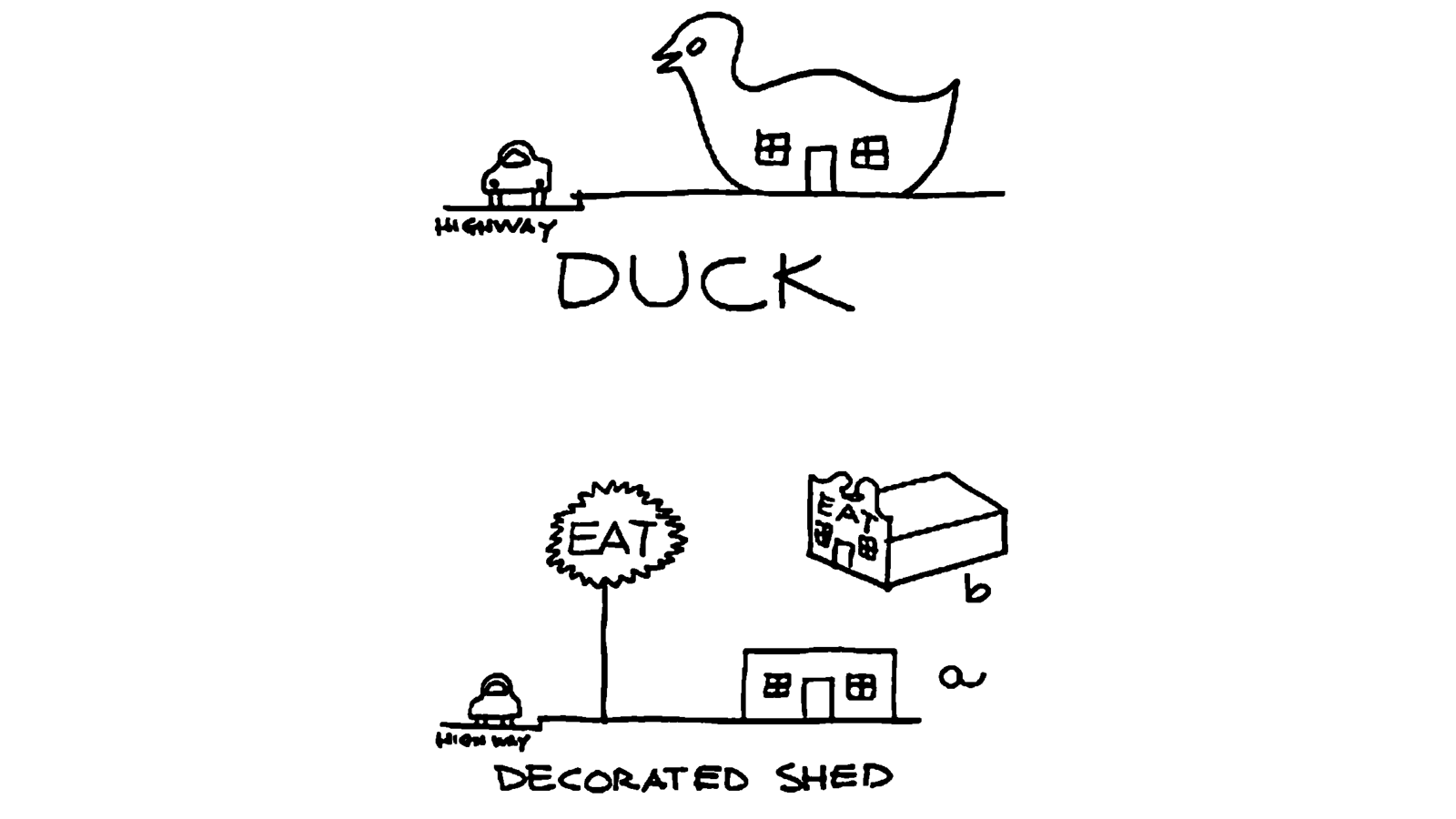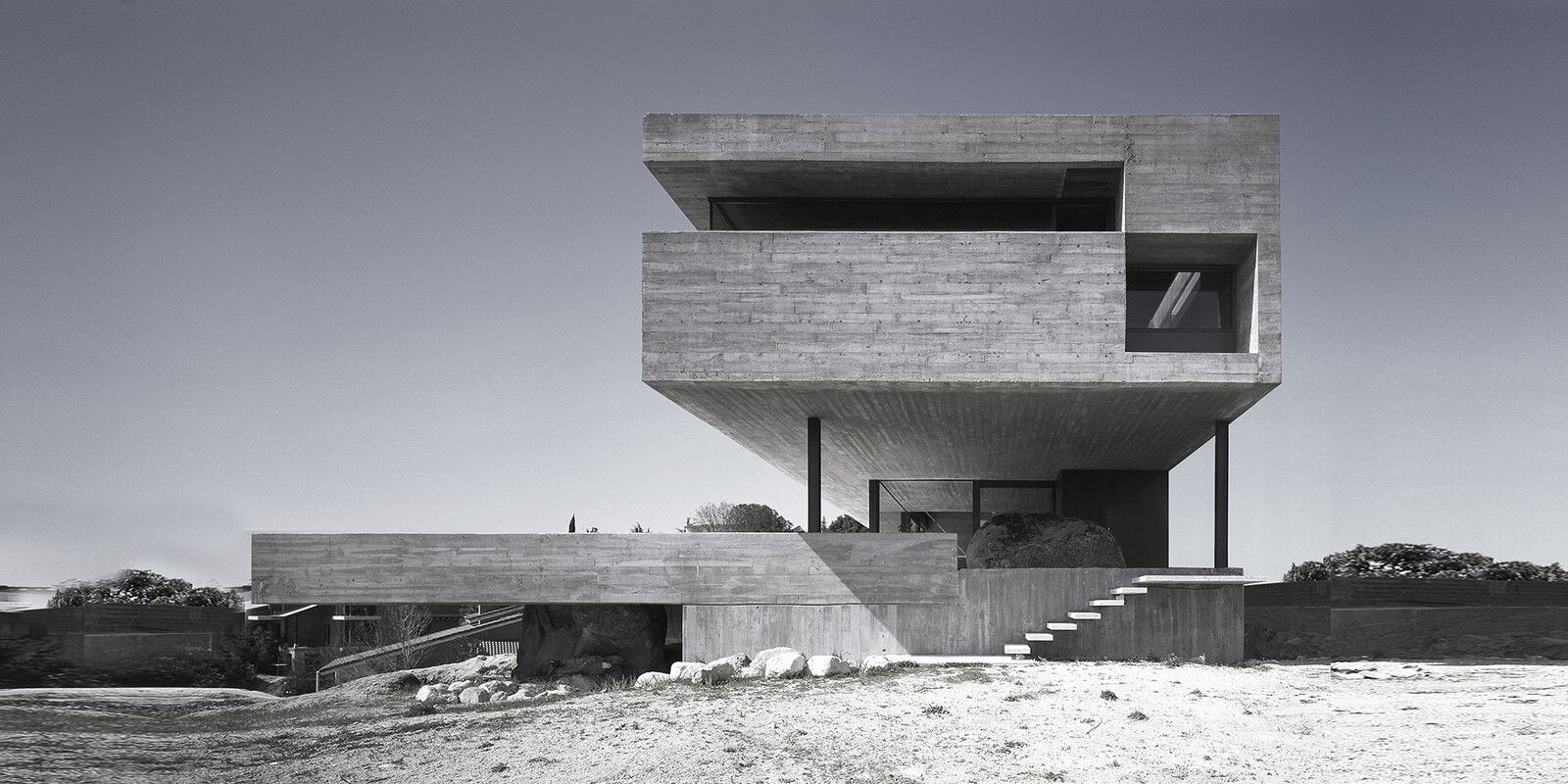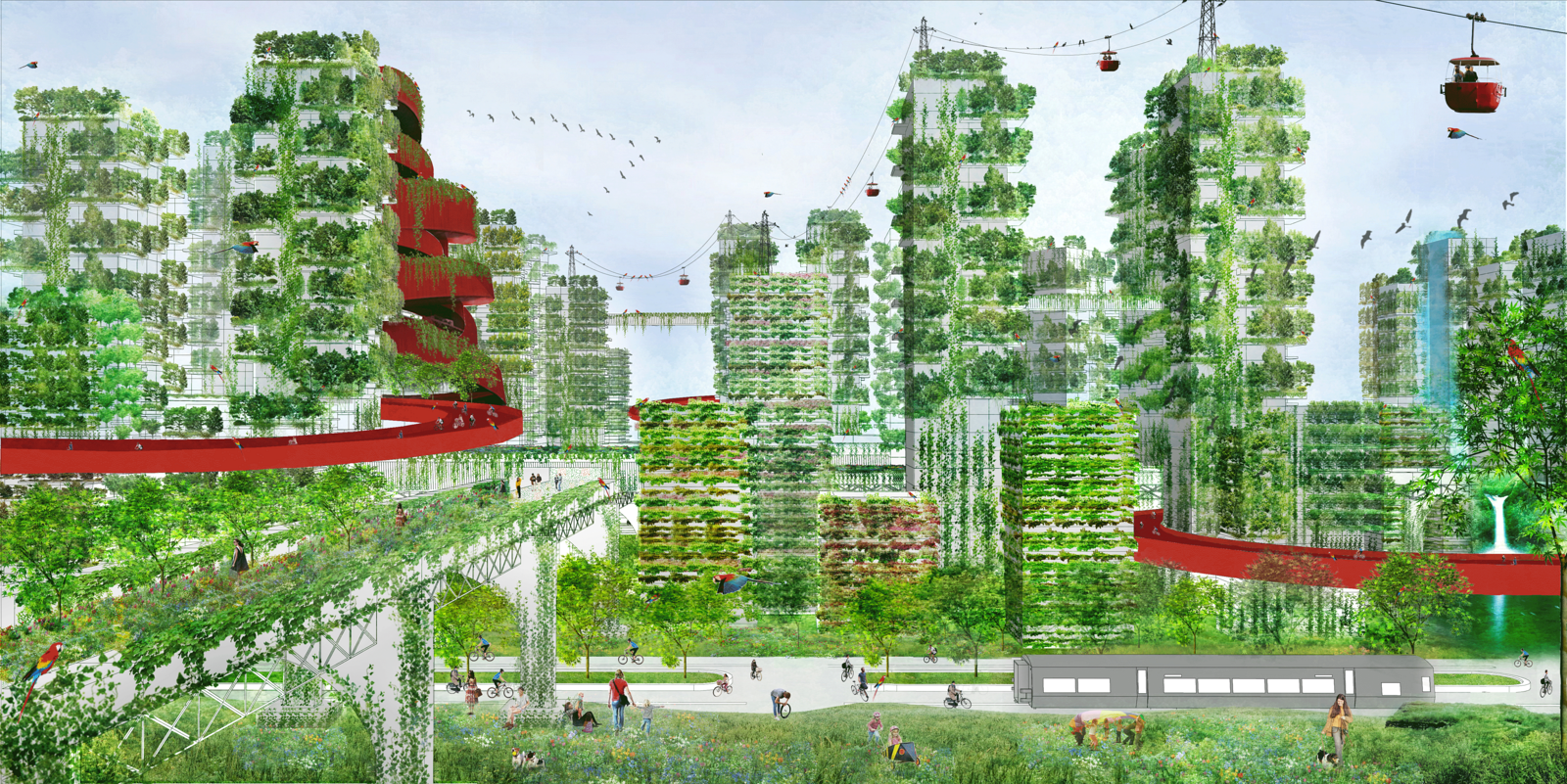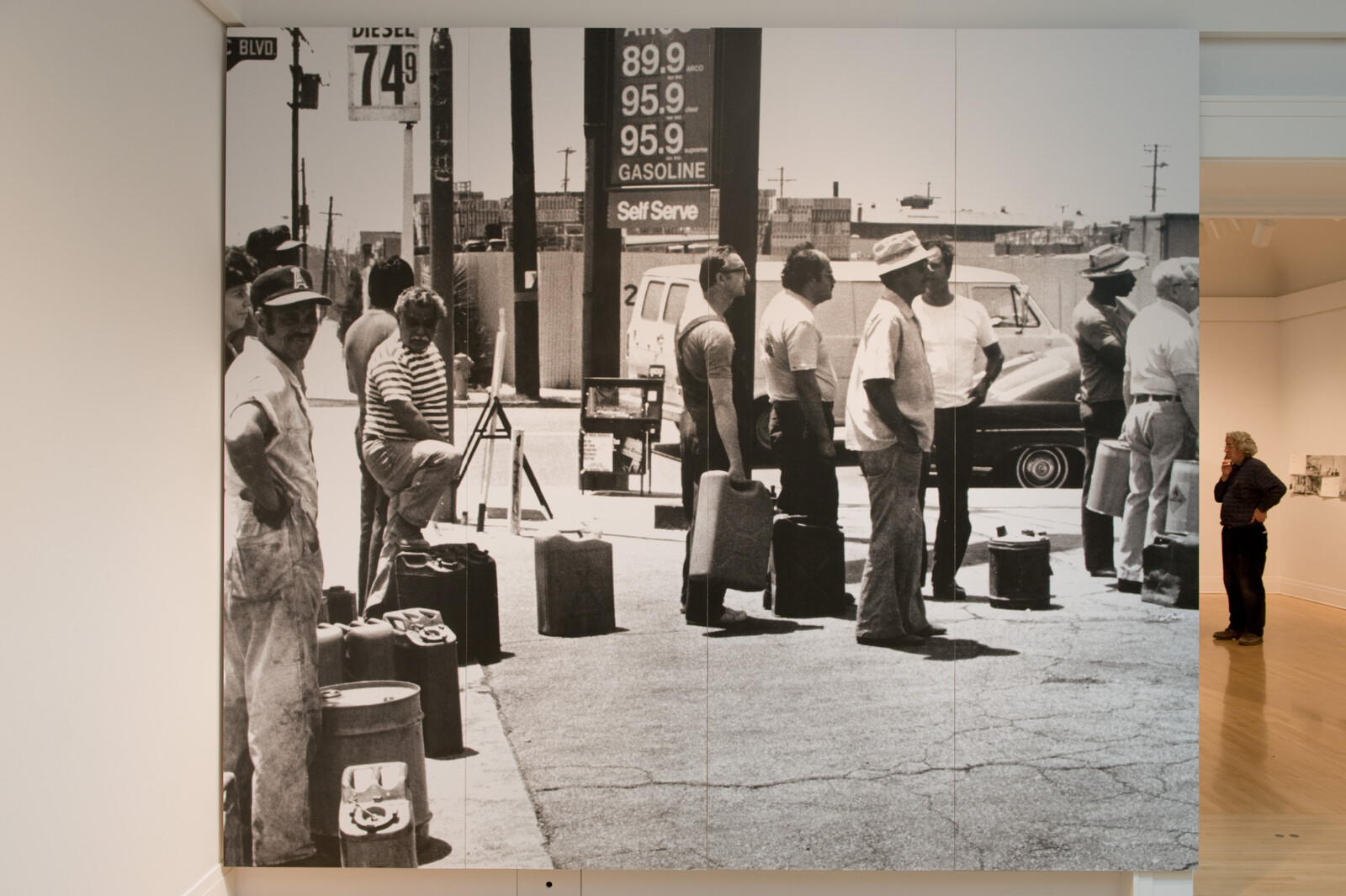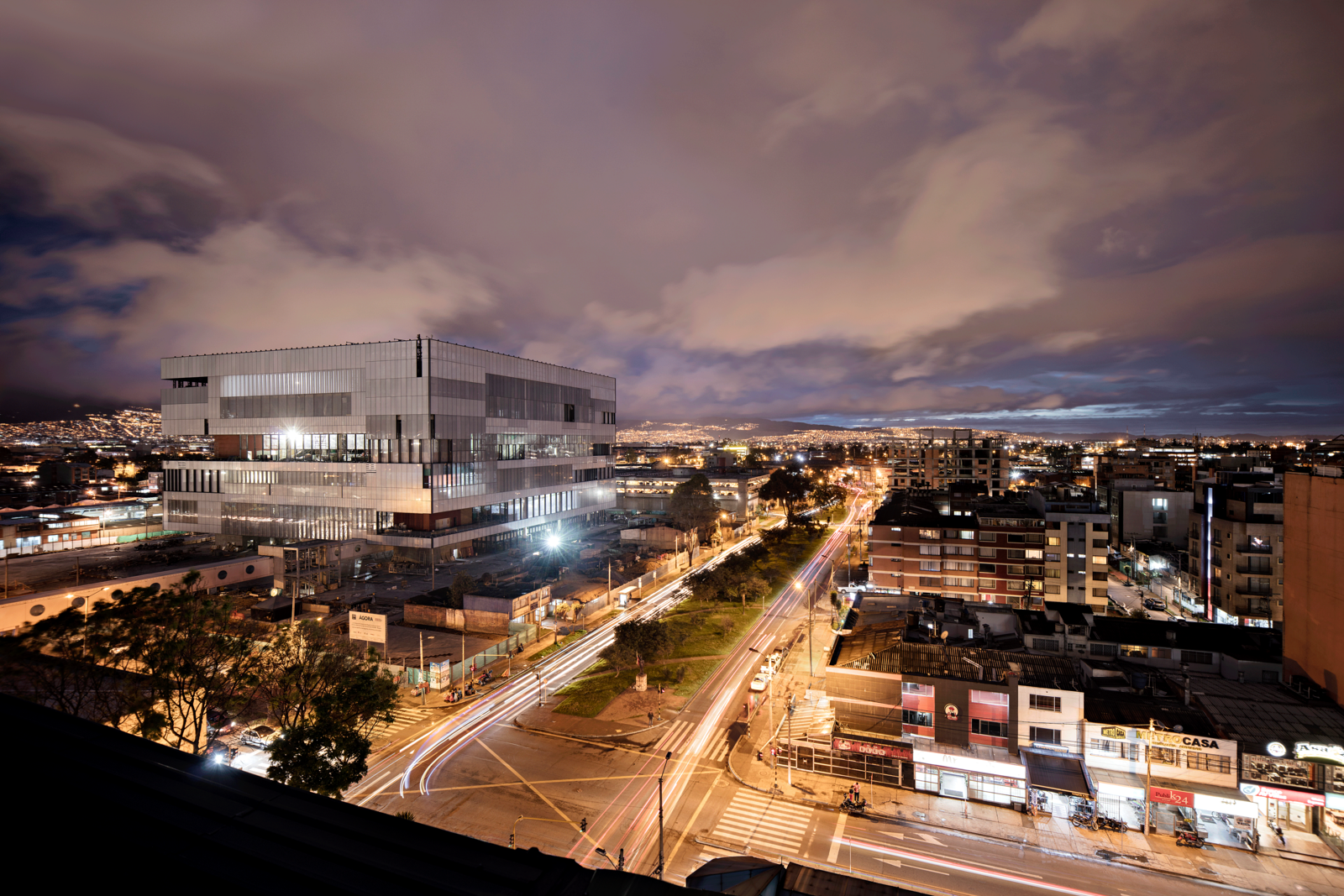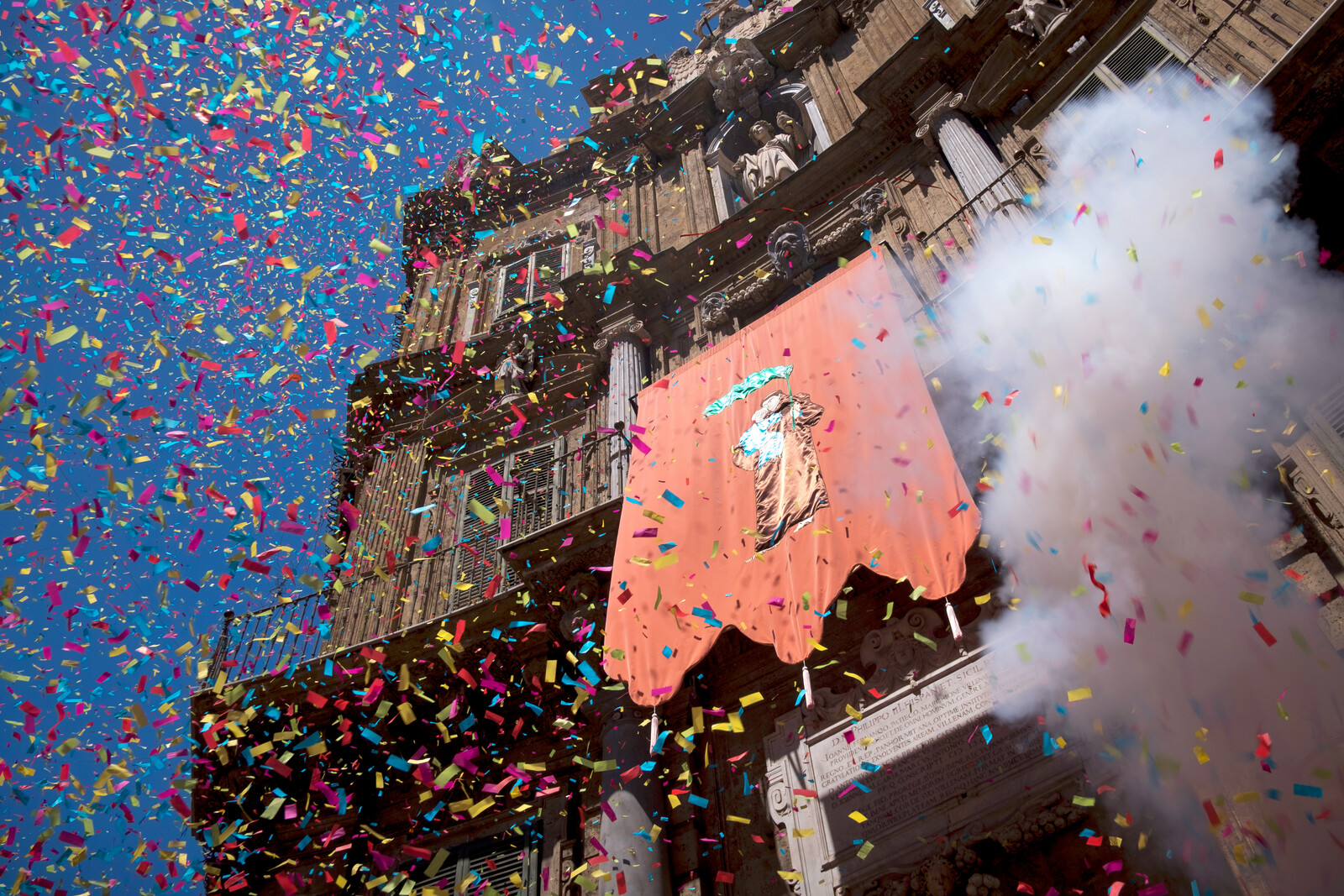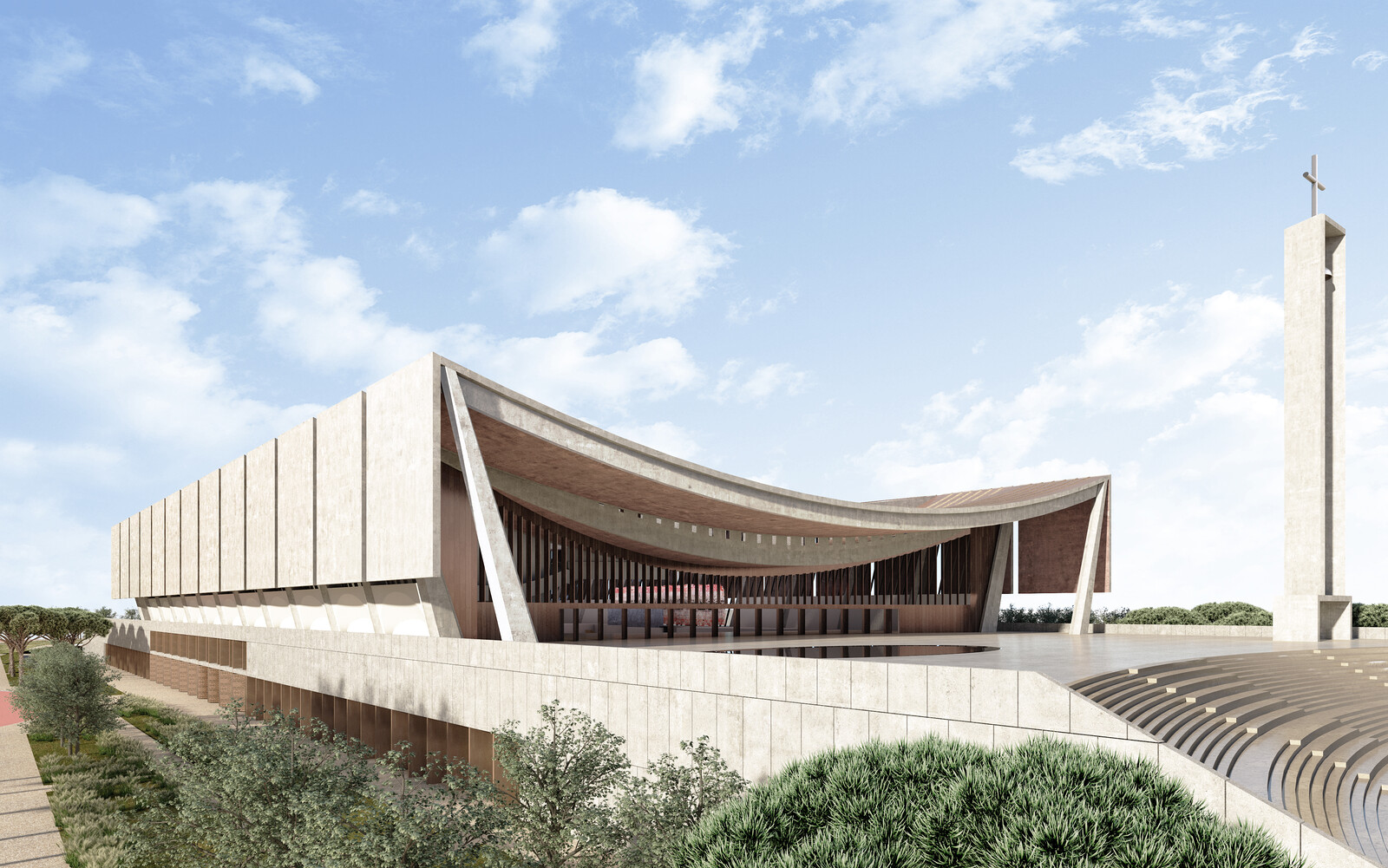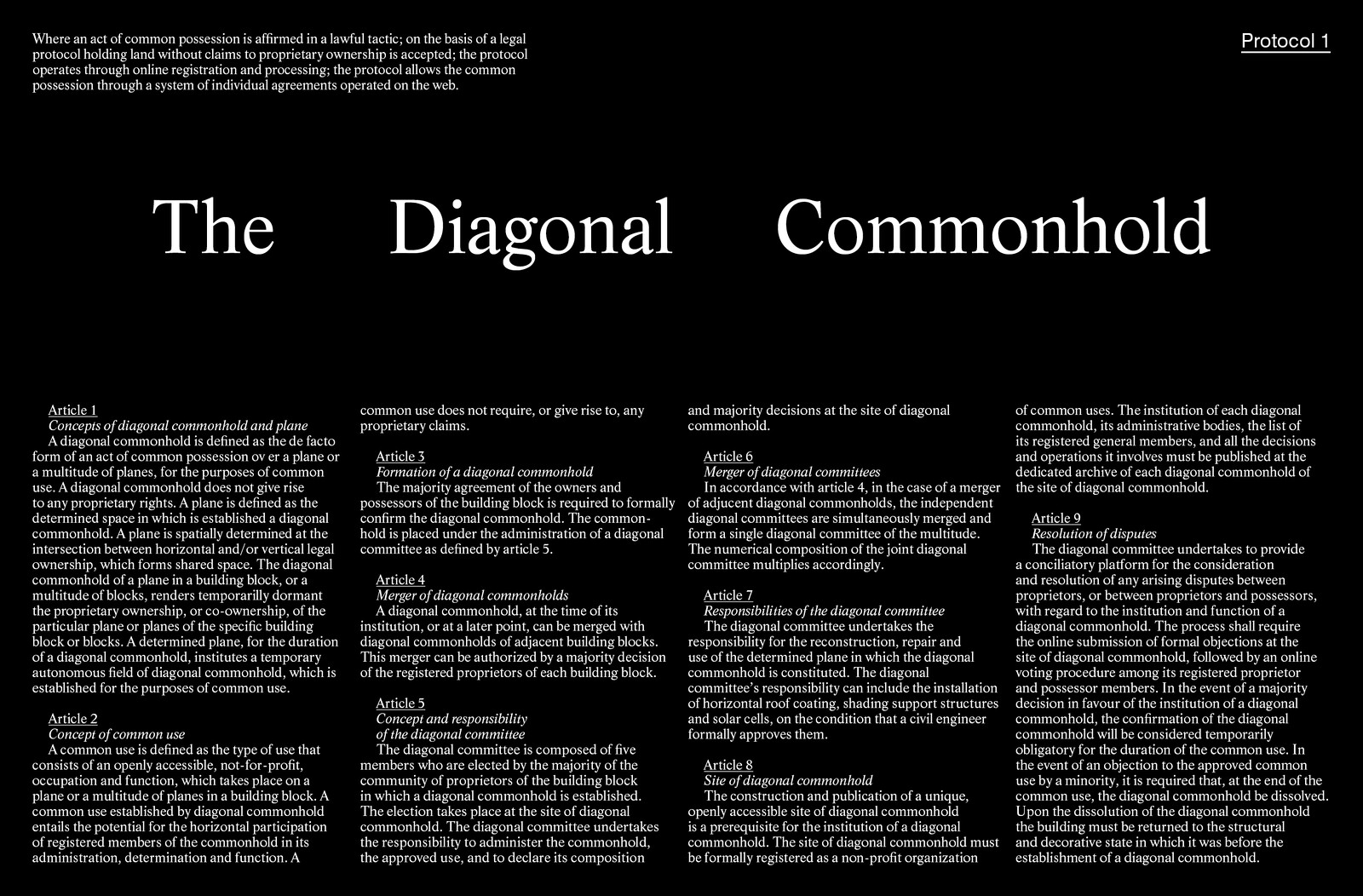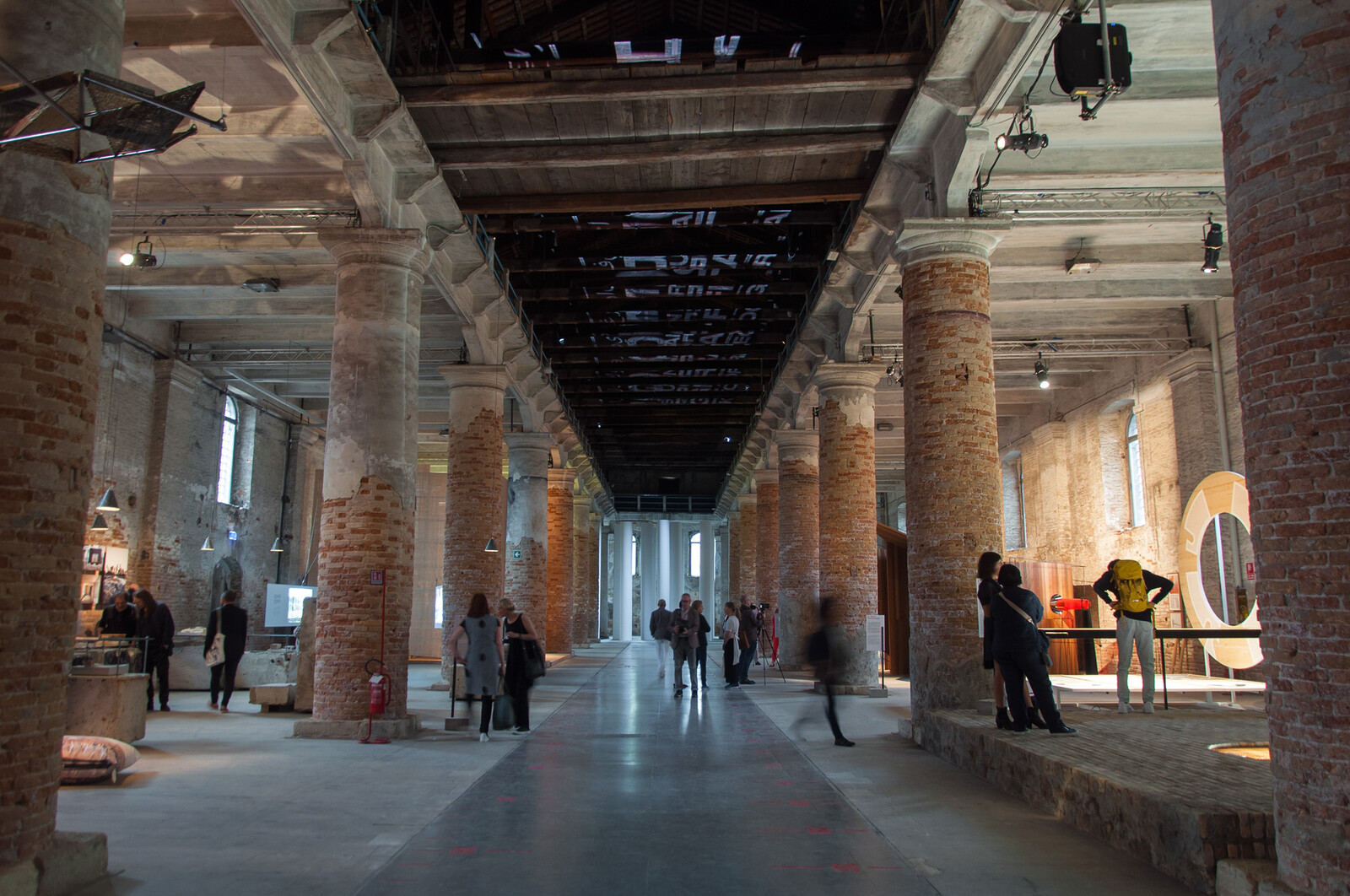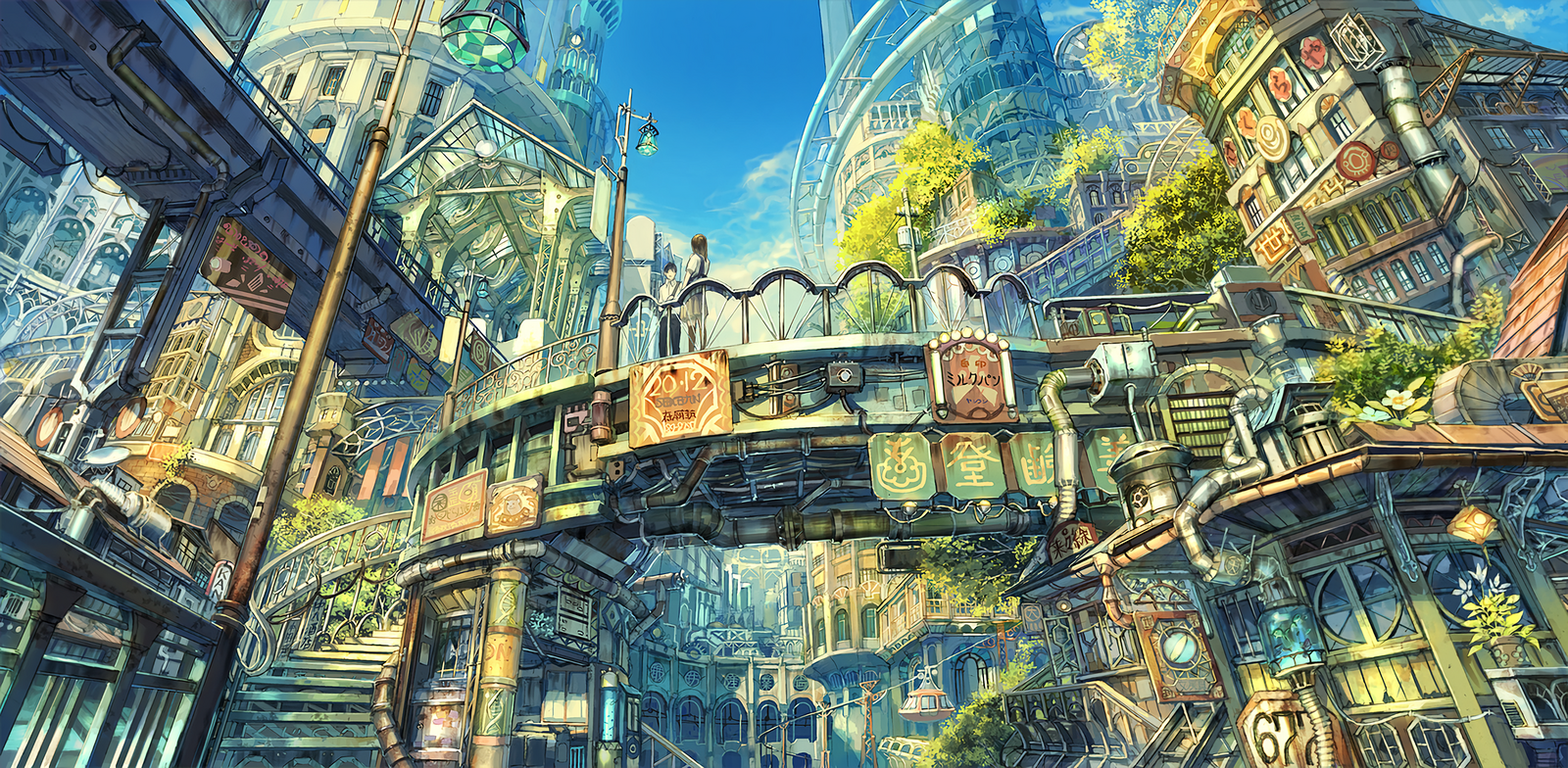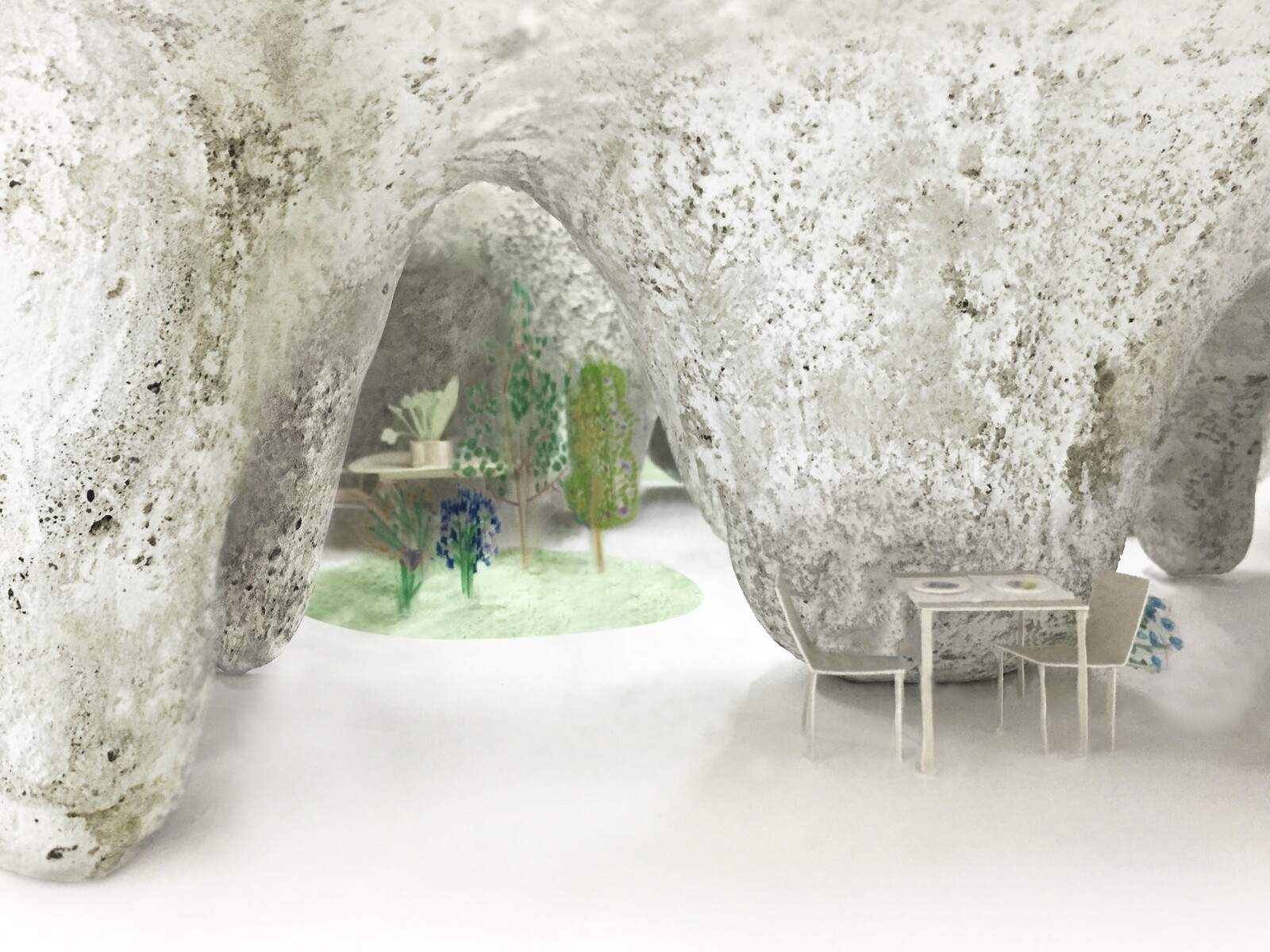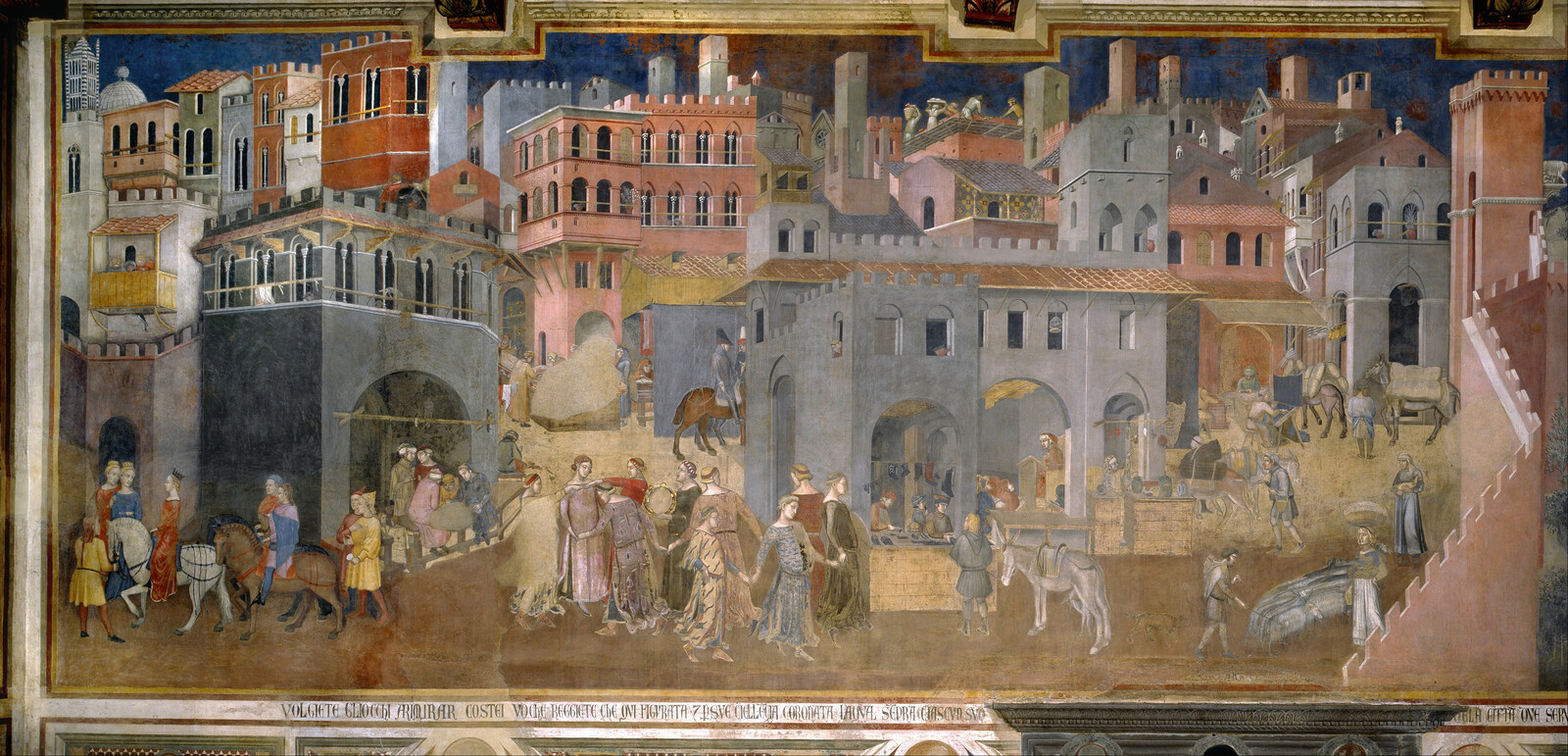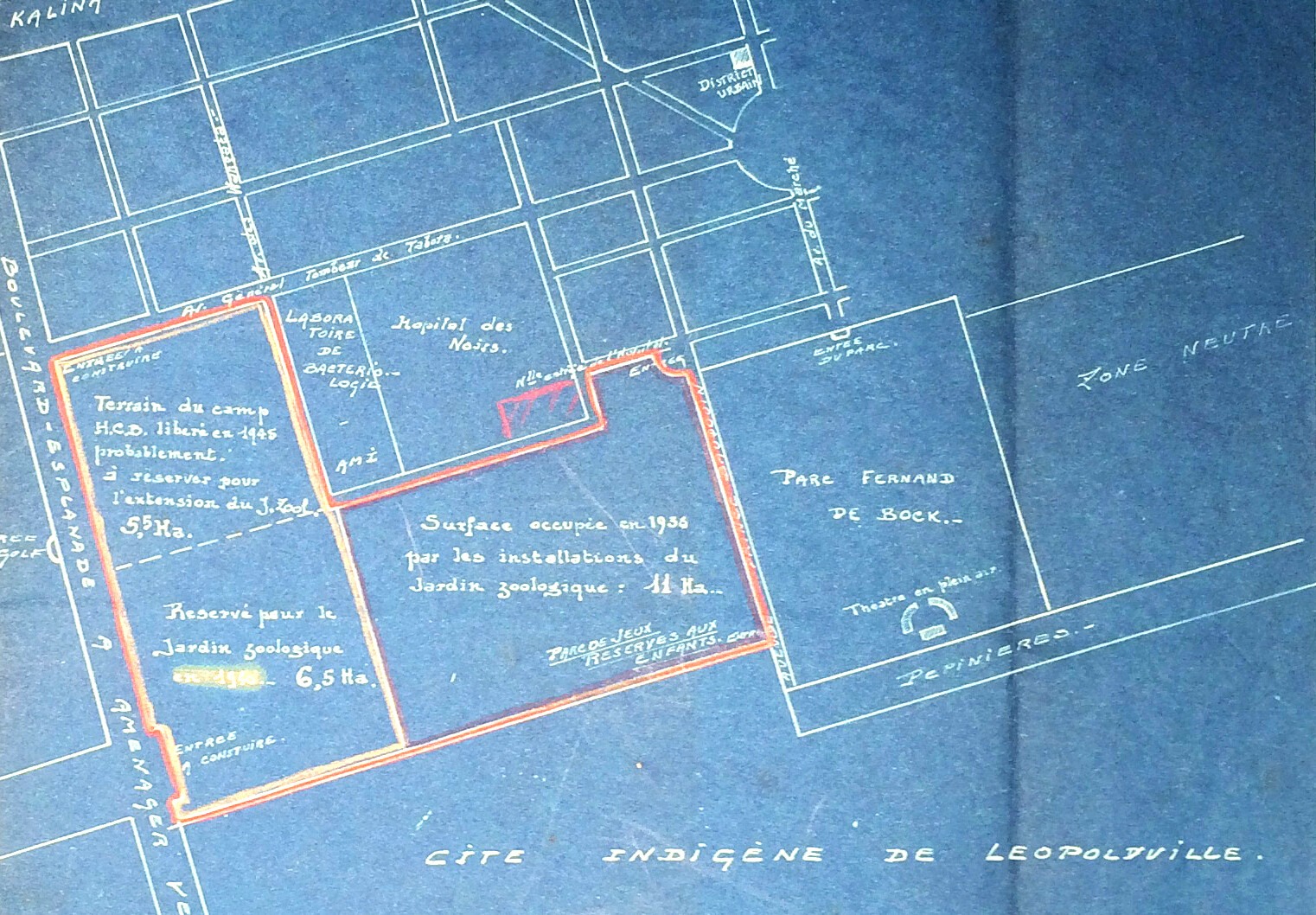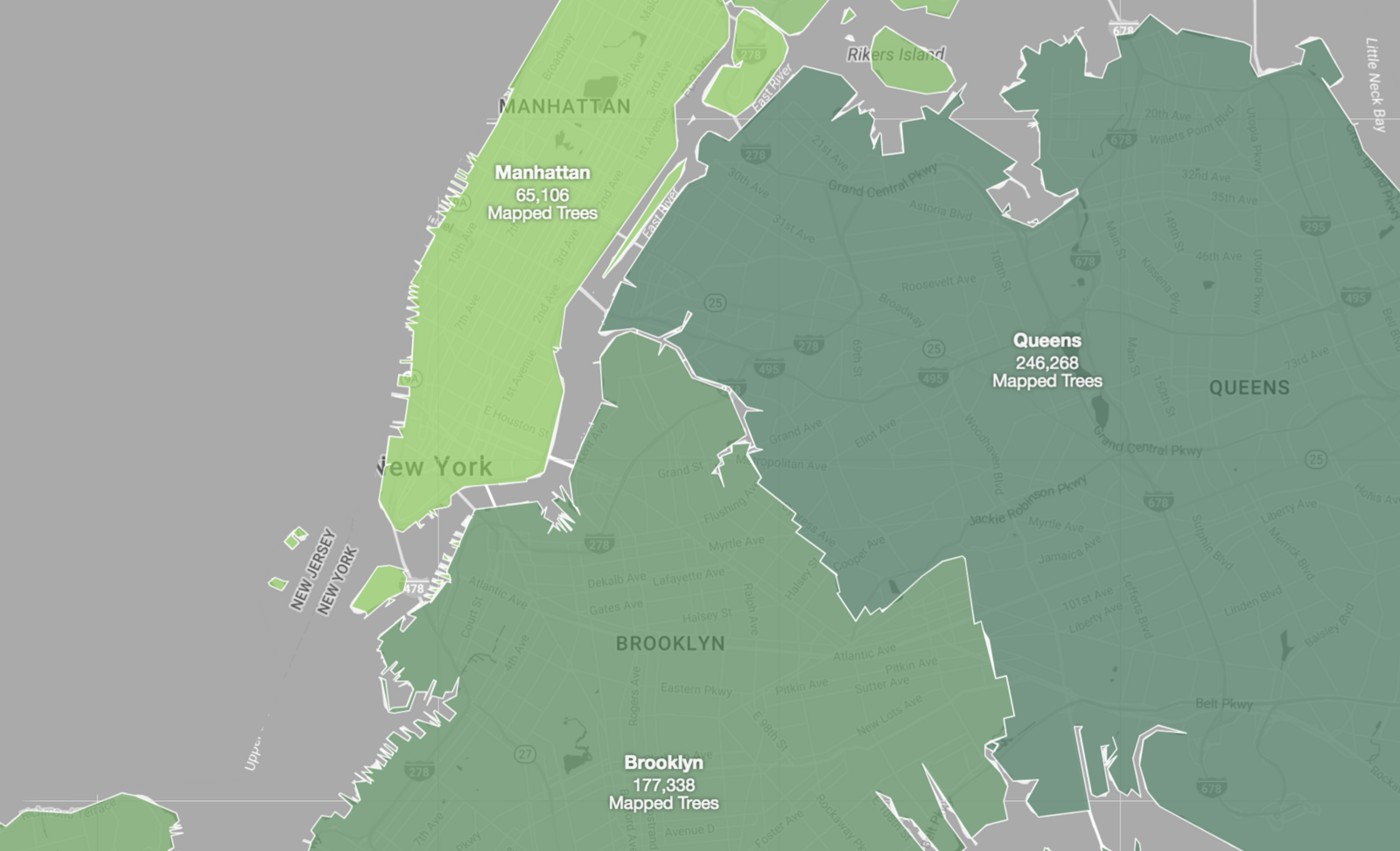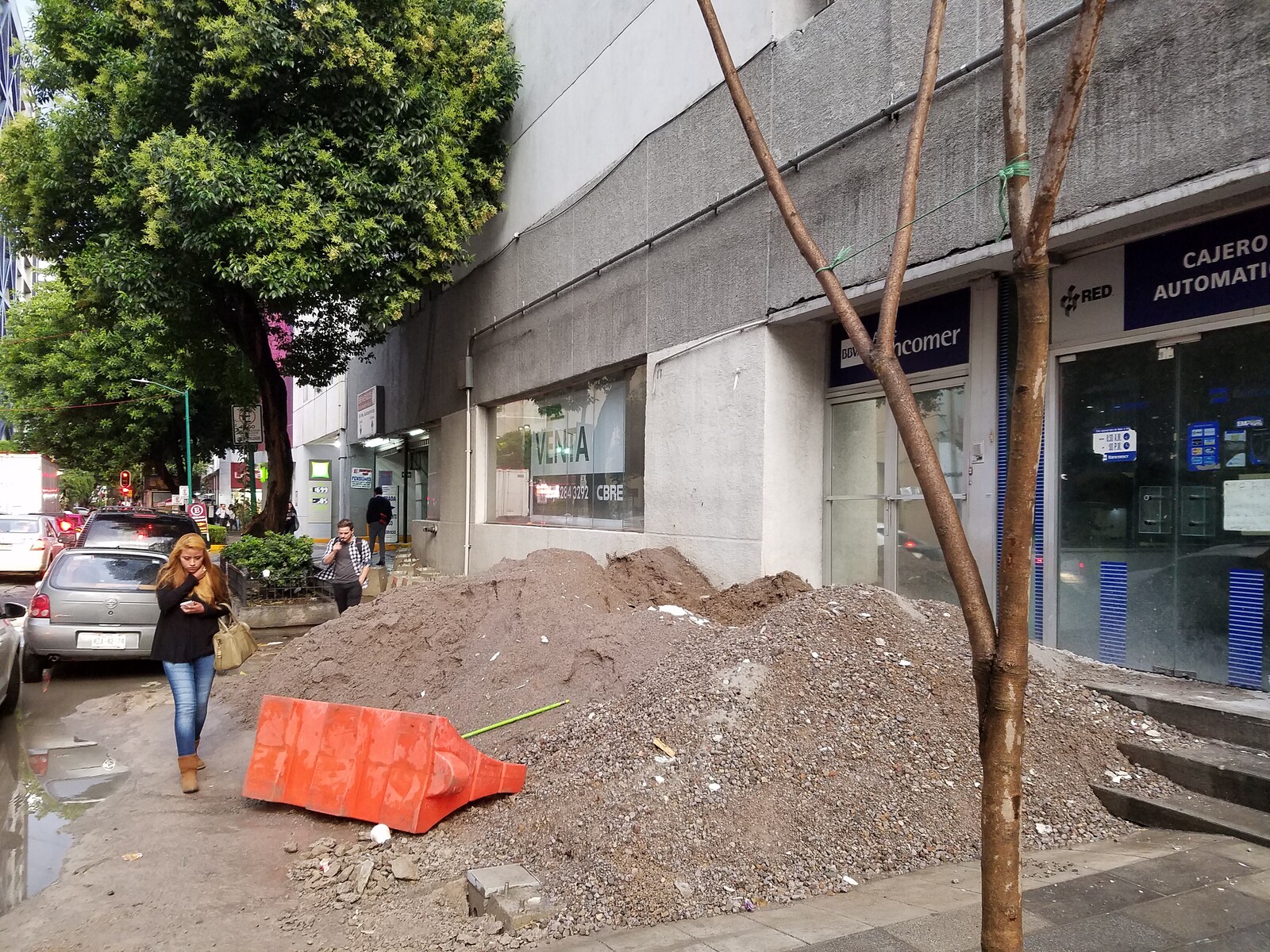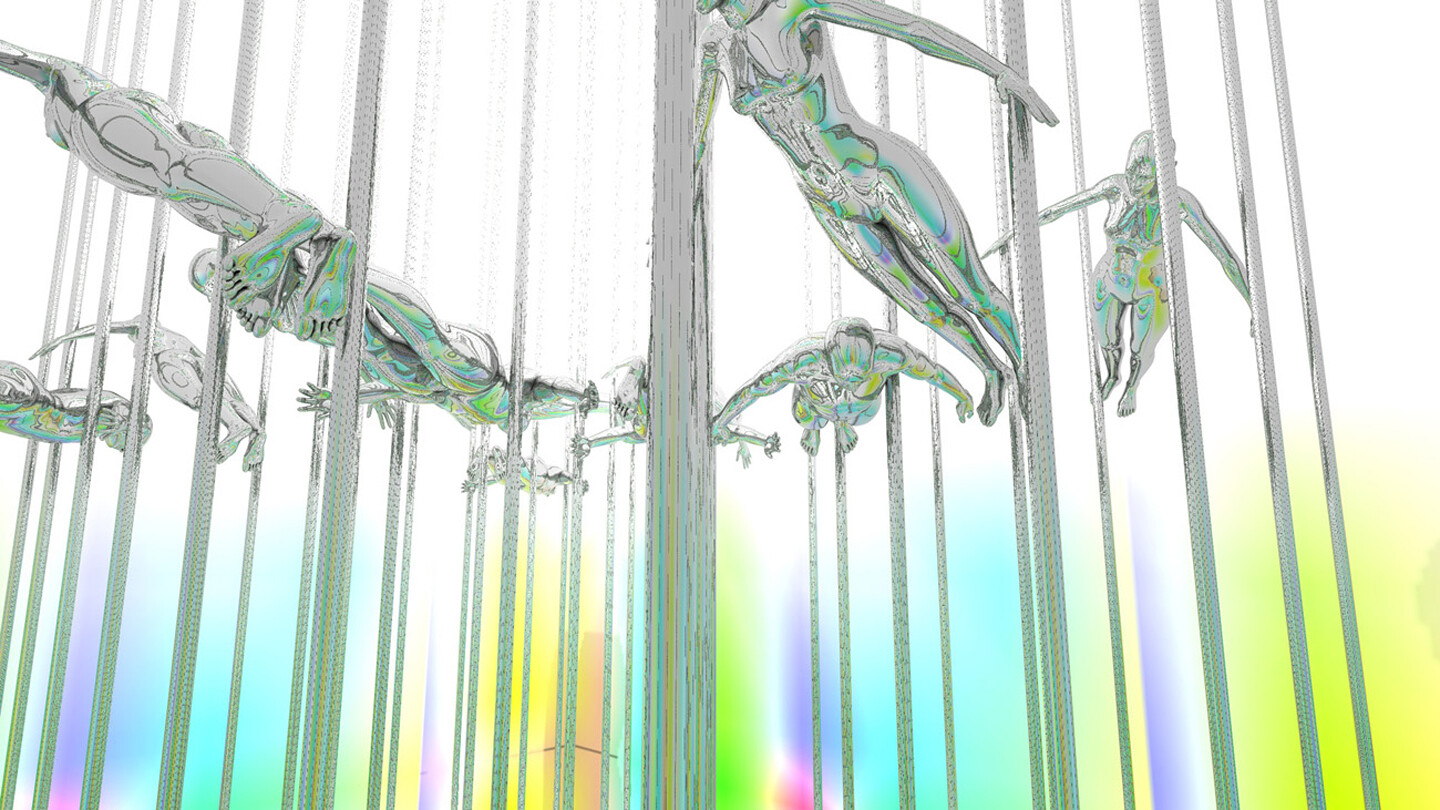Karl Marx once observed that revolutionaries, seemingly engaged in “creating something that did not exist before,” will “anxiously conjure up the spirits of the past to their service, borrowing from them names, battle slogans, and costumes in order to present this new scene in world history in time-honored disguise and borrowed language.”1 Written in the aftermath of France’s failed revolution of 1848, Marx goes on to note in The Eighteenth Brumaire of Louis Bonaparte that “the tradition of all dead generations weighs like a nightmare on the brains of the living.”2 Those seeking to create “something that did not exist before” are now more likely the protagonists than the enemies of capital, but they too tend to outfit themselves, if more knowingly than anxiously, in the costumes and language of the past.
The Californian counterculture of the 1960s and 1970s, the enterprises, technologies and mentalities it spawned, are a case in point. Currently the subject of an exhibition at the Design Museum in London, “California: Designing Freedom,” the counterculture sought out new ways of life while invoking those drawn from history. Those organizing its ex-urban communes and forging its new technologies drew consciously on the mythology of the Wild West, fashioning themselves as pioneers, settlers, boom time prospectors and frontiersmen. The book of the exhibition replays this mythos, drawing a direct line of inheritance from the Sears and Roebuck Catalog to Stewart Brand’s Whole Earth Catalog, each equipping the pioneer with supplies for new forms of enterprise.3
Architects and designers inspired by and associated with the counterculture were equally ready to claim kinship with the frontier spirit. Architectural practice Ant Farm, whose work featured in Brand’s Whole Earth Catalog, produced a “Cowboy Nomad Manifesto,” declaring “There are cowboy nomads today, living another lifestyle, and waiting for the electronic media … to blow the minds of the middle class American suburbanite. While they wait the cowboy nomads (outlaws) smoke loco weed around electric campfires.”4 Reyner Banham, settled in Los Angeles and sharing in the counterculture’s enthusiasms for Buckminster Fuller and life lived on the road, staged his own performance of the technologically equipped “cowboy nomad.” Full-bearded and costumed in Stetson, bolo tie and Aviator sunglasses, Banham had himself photographed as he rode his Bickerton bicycle across a Californian salt flat. Reflecting on the experience, he adopted the kind of transcendental tones favored within the counterculture, invoking the rapturous experience of “sheer” space, sensory “intoxication” and a revelatory feeling of “freedom.”5
While in retrospect such play acting might be easily enough derided, the dispositions animating it are a more serious matter. Rather than amusingly outmoded beliefs and ideas, the mentalities and values of this period, if not the precise costumes and language, substantially shape and inform the present. As the curators of the exhibition note, “Californian products have affected our lives to such an extent that in some ways we are all now Californians.”6 For Justin McGuirk, curator of the show, the freedoms offered to us in the “Californian Mode,” the “tools of personal liberation,” are distinctly double-edged. The devices served up by Silicone Valley—Google Maps, iPhones, self-driving cars—create a world “in which the individual can express himself or herself to a hyper-connected world,” yet these same tools “also turn you into information.”7 “One cannot,” writes McGuirk, “celebrate the influence of California on design without acknowledging what, especially from a European perspective, is its dark side.”8 This “dark side” consists, for McGuirk, in the capacity for tools of individual liberation to serve simultaneously as tools of domination, as instruments of “mass-surveillance” and private monopoly.9 But it is also the very notion of the “individual” as such, one conceived in terms of natural freedoms and concerned with the elimination of any and all threats to these, that deserves critical reflection, particularly as this bears upon notions of freedom in design and architecture, and the part now played by these within neoliberalism.
The counterculture of California historically coincides and is effectively aligned with the rise of neoliberalism in its conceptions of freedom and the individual. For neoliberalism’s most significant theorist and advocate, Friedrich Hayek, liberty is defined as the freedom of the individual to pursue their economic interests unimpeded by any endeavor to consciously plan or direct the social order. In this essentially entrepreneurial account of freedom, the liberty of the individual is necessarily threatened by any program aimed at directing the economic system, including those geared toward the eradication or easing of social inequality. All planning, writes Hayek, “leads to dictatorship.”10 Neoliberalism, instead, aims to have the economic market and its “natural laws” direct society so as to ensure the liberty of the individual as a fundamentally economic being, a homo economicus. Any common or collective pursuit of liberty, alongside the practices of critical reasoning that might inform this, are proscribed in advance since, Hayek claims, human beings are always dangerously deluded in presuming to change the world for the better. It is a “fact,” he writes, that there is a “necessary and irremediable ignorance on everyone’s part of most of the particular facts which determine the actions of all the several members of human society.”11 The freedom of the individual, then, is only assured when everyone sticks to their own business (literally), when there is no presumption on anyone’s part to seek any larger perspective, or to collectively pursue liberty on the basis of this.


Photograph of the exhibition California: Designing Freedom at the Design Museum, London, 2017. Photo: Luke Hays.
This definition of freedom is of course not newly invented in neoliberalism. The freedom of the entrepreneurial individual is essentially that of the free laborer described by Marx in Capital; the proletarianized subject of capitalism free in the “double sense” of being free to sell their labor as a commodity on the market, and free of any determination over its social use.12 These are also the senses of freedom with which Hegel wrestled in his Philosophy of Right; freedom as the merely abstract capacity to make choices, as against the freedom to realize the very conditions in which such choices are made. As Jason Read argues, Hegel sought in Philosophy of Right to redefine freedom “not as the abstract capacity to will this or that, to make a choice or to own property, but as the capacity to posit its presuppositions, to choose its conditions, including structures and norms.”13
Neoliberalism revives this conception of liberty in its “double sense.” Freedom is to be expressed through choices made within the economic market, but not through any choice or determination over the norms structuring this condition. Neoliberalism is not, however, simply a return to older market-based notions of freedom but a concerted intellectual mobilization against all forms of planning, welfare, reform and socialism, particularly as these gained ground in the aftermath of WWII. Neoliberalism presents its project as premised on the need for liberation from these, and claims that this can only be achieved on condition of the absolute de-politicization of its subjects. Rather than as a species of political animal, an Aristotelian zoon politikon, neoliberalism conceives of the individual subject as the bearer of its own “human capital.”14 As essentially economic actors, we are free to take our labor to market and at liberty to invest in and realize our very being within it. This investment of the self as capital takes place now in conditions where divisions between labor and its reproduction, between production and consumption, are progressively dissolved.
The “tools of personal liberation” gifted to us from Silicon Valley not only equip us for this world but enable and reproduce it. The hyper-connected, informationally dense world of neoliberal capitalism demands constant availability, innovation, interaction. We are obligated to intensively fashion, display, communicate about and market ourselves. While the apps, maps and devices of Apple, Google, Facebook, Amazon, and Hewlett Packard afford us the liberty to continuously refashion and represent ourselves so as to compete in this world, any freedom to individually or collectively reimagine or remake its structures and norms is placed permanently beyond our grasp. The very function of these norms and structures, argues Jonathan Crary in 24/7: Late Capitalism and the Ends of Sleep, is to place us in a position permanently lagging behind the technological advances that determine the temporality of late capitalism. Exhausted by the struggle to keep pace with the relentless rate of technological innovation, barraged with endless requirements to update and upgrade, we are unable even to find the time to critically reflect upon these conditions, let alone to act upon them.15 As Crary observes:
There will never be a “catching up” on either a social or individual basis in relation to continually changing technological requirements. For the vast majority of people, our perceptual and cognitive relationship to communication and information technology will continue to be estranged and disempowered because of the velocity at which new products emerge and at which arbitrary reconfigurations of entire systems take place.16
Neoliberalism delegitimates participation in the political on the ethical grounds that all planning leads to dictatorship, and on the ontological ones of the “necessary ignorance” of human beings. California’s “tools of personal liberation” further the depoliticizing ends of neoliberalism, both in the conditions of temporality they impose, and in their tendency to atomize the social into an aggregate of hyper-connected individuals constituted, as such, by their investments in capital and its technological apparatus. Depoliticization, rather than some unfortunate and unforeseen outcome of an originally radical counterculture, is inherent to it.17 Though McGuirk might lament that the original “spirit of the counterculture” was latterly “recast as a techno-utopian entrepreneurialism,” Stewart Brand, the author of this movement’s bible, the Whole Earth Catalog, was always clear enough in his disavowal of the political.18 As Felicity D. Scott observes, in her Outlaw Territories: Environments of Insecurity/Architectures of Counterinsurgency, Brand notably refused to protest the US bombing of Vietnam and campaigned on a platform of “environment yes, politics no.”19 The Whole Earth Catalog also provided the counterculture with the slogan perhaps best capturing it antithetical relationship to any politics of collective solidarity when, as McGuirk notes, Catalog editor Fred Richardson declaimed “workers of the world, disperse,” reversing Marx and Engels’ “Workers of the world, unite!”20
In this respect, at least, the counterculture was justified in conjuring up the spirit of the prospectors and pioneers of the Wild West. For Marx the Californian Gold Rush, commencing in the very same year of 1848 as that of France’s failed revolution, was symbolic of the victory of capital in its capacity to disperse proletarian solidarities through promises of individual reward. Discussing the rigged lottery designed in the aftermath of 1848 to entice French workers to leave their political struggles and depart for California so as to make their fortunes, he writes “golden dreams were to supplant the socialist dreams of the Paris proletariat, the seductive prospect of the first prize the doctrinaire right to work. Naturally the Paris workers did not recognize in the glitter of the California gold bars the inconspicuous francs that were enticed out of their pockets.”21 Calls to disperse—in the nineteenth century, twentieth century, or twenty-first—are calls to abandon the political sweetened with the promise of individual fulfilment.
The disavowal of the political in neoliberalism also features in the design and architecture of the counterculture. Design itself comes in some sense here to displace the political just as, in a parallel and complementary turn, “environments” come to displace the social as the object of architecture. Technologically facilitated and cybernetically modelled, design and architecture are reconceptualized as essentially innovative practices of managerialism. As Scott notes, Buckminster Fuller “quite literally argued that communications technology and management techniques could replace political discourse.”22 Much as technologies and techniques of management might replace the political, these might also, as Reyner Banham proposed, serve to displace older conceptions of “civilized” architecture in the cause of individual freedom. The bounded and contained architecture of the city, an architecture of “walls, floors and ceilings,” could, through projects such as his “standard of living package” or “unhouse,” now be abandoned by nomadic and territorially dispersed individuals, each managing their personalized environment so as to enjoy “free” space.23 Some sense of how design was to acquire a broader meaning and scope, displacing older conceptions of the political in the process, is also brought to light by Scott. The declaration of Habitat: The United Nations Conference of Human Settlements held in Vancouver in 1976, she notes, proposed in its official declaration “a revolution not by violence but by design.”24 Such reconfigurations of revolution and design, and of the relationship between the two, are of course also at the core of Robert Venturi and Denise Scott Brown’s Learning from Las Vegas, whose opening lines read “Learning from the existing landscape is a way of being revolutionary for an architect. Not the obvious way, which is to tear down Paris and begin again, as Le Corbusier suggested in the 1920s, but another, more tolerant way; that is, to question how we look at things.”25 Where the modernist architect would question the existing state of things with a view to changing them, the contemporary architect would question only their own perception of this state of things—here the “vernacular” of commerce—with a view to learning from them. The forms through which the commodified landscape of capital are expressed are presented as pedagogical for the advance of an architecture that can still, somehow, regard itself as revolutionary.
Such reconfigured conceptions of architecture and design, premised on the disavowal of the political, the affirmation of individual freedoms, and the utilization of technologies and techniques drawn from within capitalist development, originate in significant part from California and the beliefs and mentalities cultivated within its counterculture. Their legacy is readily discernible in much contemporary design and architecture. “Design,” and specifically “design thinking,” has come to be conceived as a kind of universal panacea for all the ailments of the social, a discipline now operating in an “expanded field,” encompassing “service design, system design and strategy,” and operating across “education, health, government, technology, the social sector and business,” to quote from the website of “global design company” IDEO.26 This company, with roots going back to work with Apple in designing their first mass manufactured mouse, typifies the ways in which design now trades in post-political practices of consultation, innovation and creative solutions, and whose reach now extends to the design of government itself.27
Where the avant garde of the early to mid-twentieth century premised its practice on the inseparability of the formal and the social, of the aesthetic and the political, the contemporary architect can content themselves with being recognized for the achievement of purely formal innovation, now valued as the expression of individual freedom and deemed sufficiently radical as such. Through Frank Gehry’s use of the CATIA CAD software system, writes McGuirk, the architect was able to “express himself more freely.”28 In the process, he goes on to argue, Gehry “arguably did more than any living architect to liberate architecture from the right angle.”29 Social “content” set aside, architecture is read as a formal condition now serving as the object and focus of the architect’s creative capacities. Every break with disciplinary or formal convention, regardless of the larger interests it may or may not serve, is always an act of liberation. Likewise the jargon of “blurring boundaries” and “traversing borders” in architecture—owing its origins in part to figures such as Banham, and further elaborated in the spatial “smoothing” and “folding” of architectural Deleuzism—confers on its agents the status of the radically transgressive without obligation to reflect on the social or political implications of their practice.30
The figure of the “hacker” constitutes a further legacy of the Californian counterculture. “The myth of the lone hacker,” writes Crary, “perpetuates the fantasy that the asymmetrical relation of individual to network can be creatively played to the former’s advantage.”31 Whatever its origins in the field of computer coding, “hacking” has now become a kind of second order myth of subversion, where the smart operator learns the rules of the game so as to creatively inhabit, redirect or refashion them. The architecture practice Gensler styles their practice of repurposing buildings as an architecture of “hacking,” with the existing structure taken as the “code” to be creatively adapted through the removal of floors or the addition of programs.32 Other architects and designers “hack” symbols of uniformity—IKEA and the shipping container—appropriating the products of standardization as their medium of self-expression.
Largely absent of any political motivation, where not explicitly proscribing this from the concerns of the discipline, the most well regarded of architects are typically contented with surfing the waves of what exists. Scoring points for flexibility and efficiency, the innovation they bring to each maneuver is marked for individual performance. Lack of political motivation does not, though, necessarily equate to lack of political effectivity. The individual freedoms exercised and embodied in the architect exemplify neoliberal ideals of the entrepreneur of the self. Their works are valorized for the ways in which they open up space to the free use of the individual, thus liberated, in turn, to pursue their own entrepreneurial performance.33
The depoliticization of architecture, and the celebration of the creative powers of the individual architect that are its accompaniment have not, though, gone uncontested. Recently formed coalitions of architectural workers, students, academics and activists have sought to address the politics of architectural labor and creative freedoms alongside, and in relation to, their products. In the US, The Architecture Lobby, an organization of architectural workers, has endeavored to foreground labor, as opposed to creativity and innovation, as the fundamental condition of architectural practice. As they write in their manifesto of 2014: “As professionalized Architecture eradicates discourse of design as labor, it does so in capitalism’s favor, not to the advantage of the profession. The discourse of the lone genius with individual authorship, creativity, and talent leads to the rationalization of our long, unpaid hours as the intangible sacrifice we make for society.”34 While focused upon exposing and addressing the precarious and exploitative conditions of architectural work, The Architecture Lobby also understands its focus upon labor both as means to politicize the discipline and through which to build broader forms of social solidarity. When, in the wake of Donald Trump’s US presidential victory of 2016, the American Institute of Architects’ CEO Roberty Ivy issued a statement declaring that he was “committed to working with president-elect Trump,” The Architectural Lobby responded with its own statement condemning Ivy’s opportunistic and unethical accommodation to the new president, particularly in the former’s identification of the proposed border wall with Mexcio “as an issue that could benefit architects.”35 This action was followed up in March 2017 with the group calling for a day of action in which architects and engineers would stage a forty-five minute walk out from work in protest against the involvement of their industries in enacting the divisive policies of the Trump administration.36


Poster courtesy of Architecture Workers, 2017.
In the UK, the Architecture Workers network formed in 2016 in response to Patrik Schumacher’s unabashedly neoliberal and widely reported public remarks in favor of scrapping social housing in favor of a “freely self-regulating and self-motivating market process.”37 Architectural Workers, like The Architecture Lobby, are concerned with both the conditions of employment and exploitation in the architectural sector and with a broader range of social and political issues in which architecture is implicated. “We exist”, they state, “to criticise both our working conditions as well as the contribution of architects to gentrification, social cleansing and environmental discrimination.”38 Whereas the involvement of the architectural profession in facilitating the policies of Trump has formed the focus of much of The Architectural Lobby’s recent activities, for Architectural Workers, beyond the immediate conditions of architectural labor, the central concern has been with the UK’s urban housing crisis, particularly that of London (as brought sharply, tragically, into relief by the Grenfell Tower fire of June 2017). To this end they have, for instance, organized and participated in debates on the role of architects in the housing crisis, and produced sharp critiques of the complicity of the architectural professional in the type of “social cleansing” produced through urban gentrification and regeneration.
Perhaps the most powerful critique of the depoliticization of architecture, and of its fetishization of creative freedoms, is be found in the work of Detroit Resists, the impetus for which was provided by the US Pavilion at the 2016 Venice Biennale. For this exhibition, titled “The Architectural Imagination” curators Cynthia Davidson and Monica Ponce de Leon commissioned “twelve visionary American architectural practices to produce new work that demonstrates the creativity and resourcefulness of architecture to address the social and environmental issues of the 21st century.”39 Featuring speculative projects such as that of Stan Allen for a “flexible urban landscape” and Greg Lynn’s Microsoft sponsored “center for fulfillment, knowledge and innovation,” Davidson and Ponce de Leon’s promotion of their exhibition elicited a statement from Detroit Resists challenging its de-politicized celebration of “imagination” and “the power of architecture,” “We … wonder,” they wrote:
who and what benefits from an idealization of “The Architectural Imagination” in Detroit at a time when architecture is being violently re-imagined by austerity politics. We are curious to see the relationships that emerge between the speculative architectural projects produced by the U.S. Pavilion’s visionary architects and the urban catastrophe that many of Detroit’s residents are currently attempting to survive. We fear, however, that the U.S. Pavilion, precisely as an attempt to advocate “the power of architecture,” is structurally unable to engage this catastrophe and will thereby collaborate in the ongoing destruction of the city.”40
Realizing that the precarities of labor, the fetishization of individual creativity, and the societal impact of architecture have to be understood and addressed as interrelated concerns—that these have all to be conceived politically and acted upon collectively—such initiatives suggest ways out from under the dead weight of neoliberal and Californian mentalities of design and freedom.
Against the individuating and entrepreneurial imperatives of neoliberalism, they point to the possibility of solidarity, as opposed to dispersal. Rather than representative of some simple return to an older set of values and practices, costumed in “time-honored disguise and borrowed language,” there is something especially timely, even dialectally so, in the turn to solidarity against neoliberalism, understood as a particular form of capitalism that establishes its own set of conditions for exploitation. Hegel first observed this historical dialectic of exploitation and solidarity at work in the late feudal period, in which land served as the condition in which the exploitation of the peasantry was—all to literally—grounded. “Individuals brought into closer relation by the soil which they cultivated,” he wrote in his Philosophy of History, “formed among themselves a kind of confederation or conjuratio.”41 These emergent forms of self- and class-consciousness are more fully developed, for Marx, in industrial capitalism, with the gathering together of the proletarian masses in the city and their concentration of workers under the factory roof. The conditions of exploitation produced in neoliberalism are altogether less grounded and less concentrated, and yet more intensive, than those of late feudalism or early industrial capitalism. Neoliberalism has extended its reach deep into practically every space and moment of existence. Its conditions and objects of exploitation are infinitely dispersed and multiplied. Yet these conditions might, somehow, also be those though which new relations of solidarity are drawn; relations that, like neoliberalism itself, pass through multiple sites, practices, investments and interests. This is the possibility that The Architecture Lobby, Architectural Workers, Detroit Resists, and other, similar, initiatives point to. Rather than confined to a single concern—the conditions of architectural labor, the impact of architectural and urban development on community, the idolization of the architect as genius, the privatization of public space, the political and environmental ethics of infrastructural projects—they attempt to forge an understanding of the necessary connections between these through a shared recognition of the varieties of exploitation in neoliberalism, and of the ways in which architecture is currently implicated in them.
Karl Marx, The Eighteenth Brumaire of Louis Bonaparte (New York: International Publishers, 1963), 15.
Ibid., 15.
Justin McGuirk, “Selling Freedom: Tools of Personal Liberation,” in California: Designing Freedom, eds. Justin McGuirk and Brendan McGetrick (London and New York: Phaidon 2017), 10.
Ant Farm, “The Cowboy Nomad Manifesto,” 1969. Reproduced in Felicity D. Scott, Living Archive 7: Ant Farm. Allegorical Time Warp: The Media Fallout of July 21, 1969 (Actar: Barcelona and New York, 2008), 21.
Reyner Banham, Scenes in American Deserta (London: Thames and Hudson, 1982), 99.
Ibid., McGuirk and McGetrick, inside cover.
Ibid., McGuirk, 9.
Ibid., 15.
Ibid., 15.
Friedrich A. Hayek, The Road to Serfdom (Abingdon, Oxford and New York: Routledge, 2001), 74.
Friedrich A. Hayek, Law, Legislation and Liberty: A New Statement of the Liberal Principles of Justice and Political Economy (Abingdon, Oxford and New York: Routledge, 2013), 13.
Karl Marx, Capital, Volume 1, trans. B. Fowkes (London: Penguin, 1976), 272.
Jason Read, The Politics of Transindividuality (Chicago: Haymarket Books, 2016), 51.
Gary Becker, “Human Capital,” The Concise Encyclopaedia of Economics, ➝.
Jonathan Crary, 24/7: Late Capitalism and the Ends of Sleep (London and New York: Verso, 2013). As Crary notes, “Billions of dollars are spent every year researching how to reduce decision-making time, how to eliminate the useless time of reflection and contemplation. This is the form of contemporary progress —the relentless capture and control of time and experience.”
Ibid., 37.
On the relationship between the counterculture and new modes of power see Fred Turner, From Counterculture to Cyberculture: Stewart Brand, the Whole Earth Network and the Rise of Digital Utopianism (Chicago and London: University of Chicago Press, 2008); Felicity D. Scott, Outlaw Territories: Environments of Insecurity/Architectures of Counterinsurgency (New York: Zone Books, 2016).
Ibid., McGuirk, 14.
Ibid., Scott, 2016, 372, 19.
Attributed to Fred Richardson “Production in the Desert,” Whole Earth Catalog, 1971, cited in Felicity D. Scott, Living Archive 7: Ant Farm. Allegorical Time Warp: The Media Fallout of July 21 1969 (Barcelona and New York: Actar, 2008), 81.
Ibid., Marx, 1963, 84–85.
Ibid., Scott, 2016, 256.
Reyner Banham, The Architecture of the Well-tempered Environment (Chicago: University of Chicago Press, 1984), 19–21.
Ibid., Scott, 2016, 247.
Robert Venturi, Denise Scott Brown, Steven Izenour, Learning from Las Vegas (Cambridge, MA: MIT, 1972), 3.
Tim Brown, “Hello I’m Tim Brown CEO and President,” ➝.
Peter Hall, “IDEO Takes on the Government: The nimble consultancy brings design thinking to political structures in desperate need of reinvention,” Metropolis (June 2011), 100–123.
Ibid., McGuirk, 14.
Ibid., 14.
Douglas Spencer, “Architectural Deleuzism: Neoliberal Space, Control and the ‘Univer-City,’” Radical Philosophy 168 (July/August 2011), ➝.
Ibid., Crary, 46.
Alex Garkavenko, “Meet the New Class of Architecture Hackers,” Architizer (March 12, 2014), ➝.
For a detailed analysis of this tendency see Douglas Spencer, The Architecture of Neoliberalism; How Architecture Became an Instrument of Control and Compliance (London and New York: Bloomsbury, 2016).
Architecture Lobby Manifesto (2014), ➝.
The Architecture Lobby, “The Architecture Lobby Statement on the AIA Response to Trump’s Election,” ➝.
The Architecture Lobby, “We Won’t Design Your Wall,” ➝.
Patrik Schumacher, statement to World Architecture Festival, Berlin, (November 2016), ➝.
Architectural Workers. “Who Are Architectural Workers?” Zine 2 (August 2017), ➝.
Cynthia Davidson and Monica Ponce de Leon, “The Architectural Imagination” (2016), ➝.
Detroit Resists “Statement on the U.S. Pavilion at the 2016 Venice Architecture Biennale” (2016), ➝.
G. W. F. Hegel, Philisophy of History, trans. J. Sibree (New York: Dover, 1956), 384.
Positions is an independent initiative of e-flux Architecture.
Category
Subject
Positions is an initiative of e-flux Architecture.


%20Carl%20Solway%20Gallery,%20Cincinnati,%20Ohio.jpg,1600)
%20Carl%20Solway%20Gallery,%20Cincinnati,%20Ohio.jpg,1200)

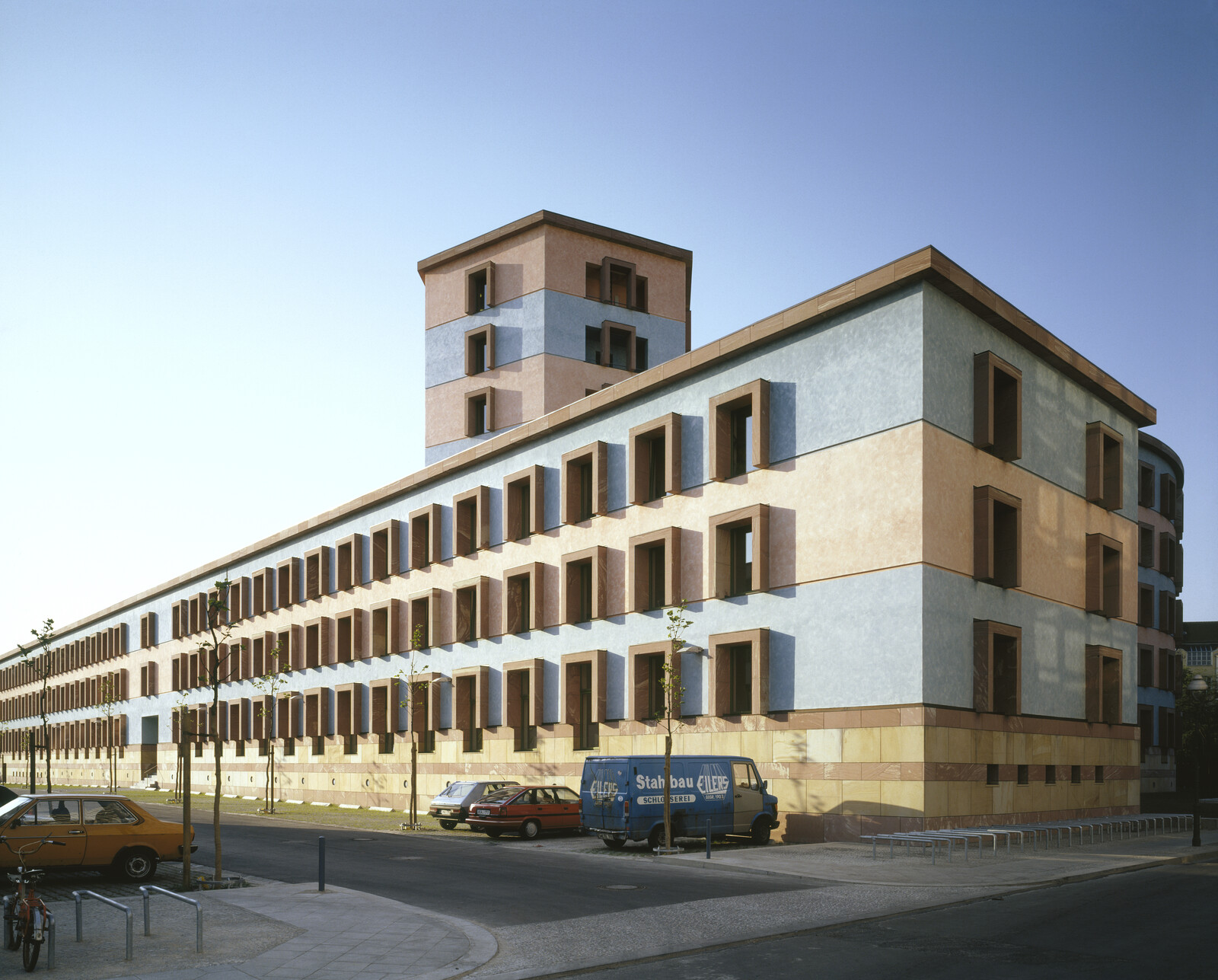


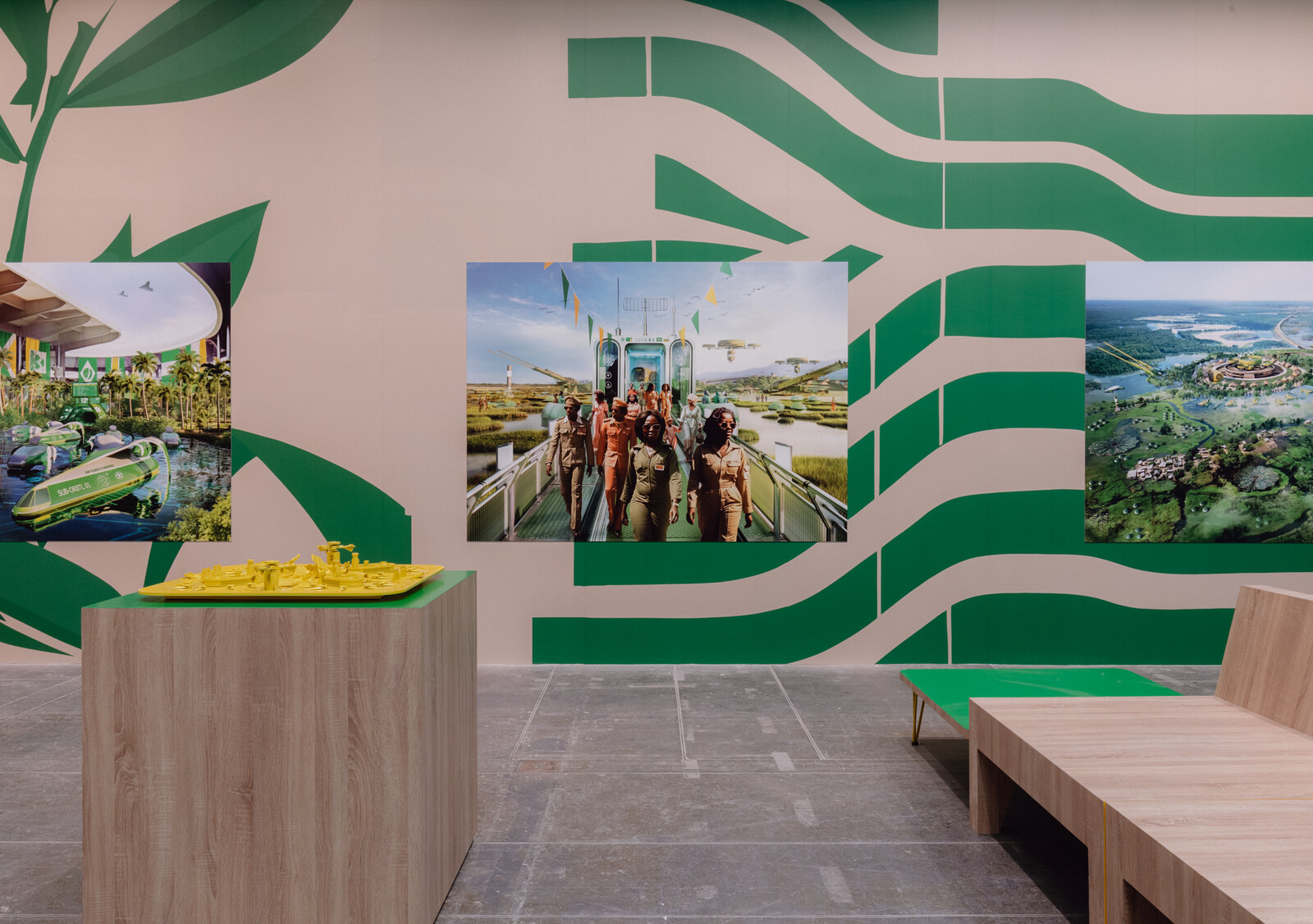
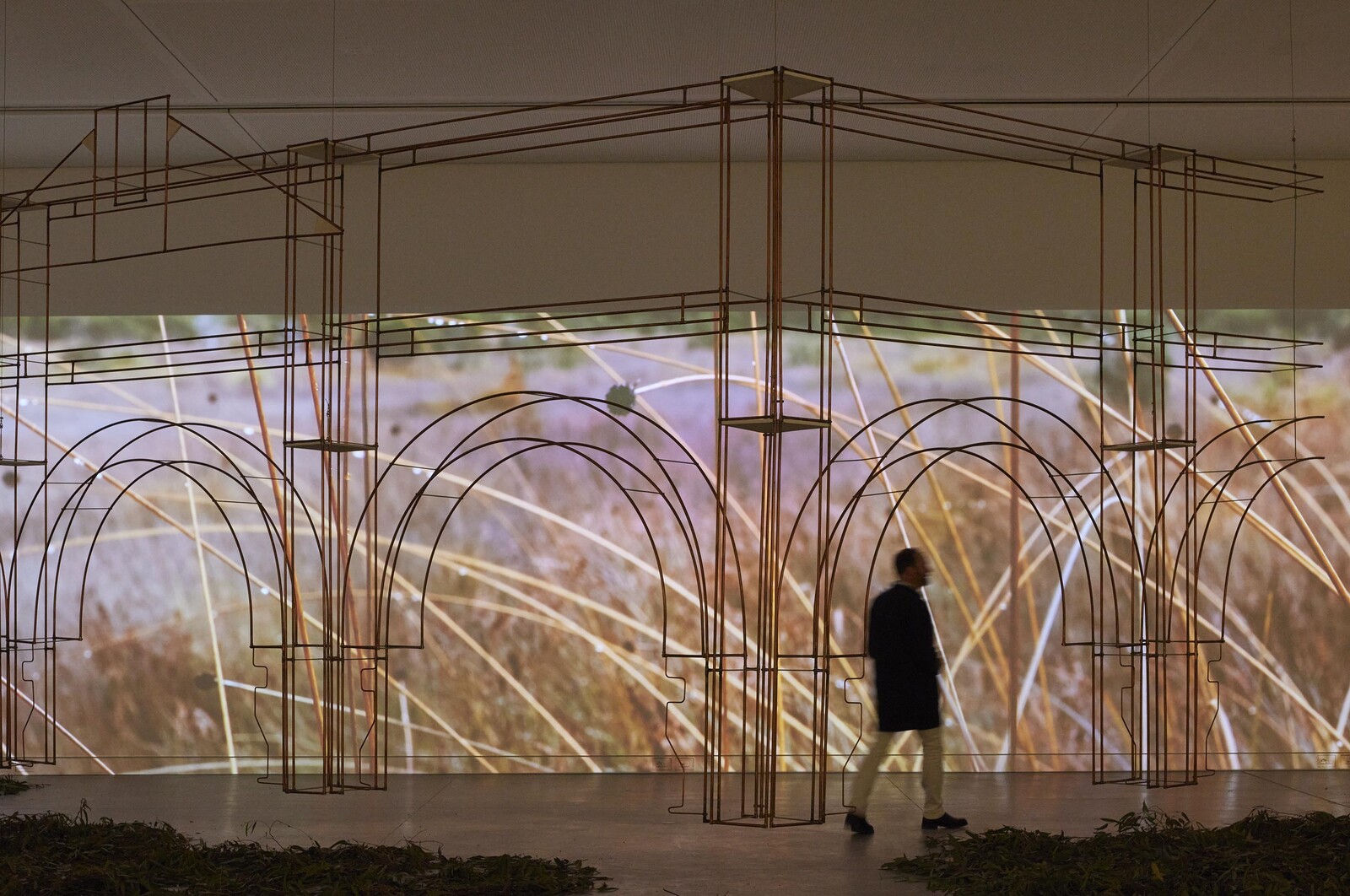





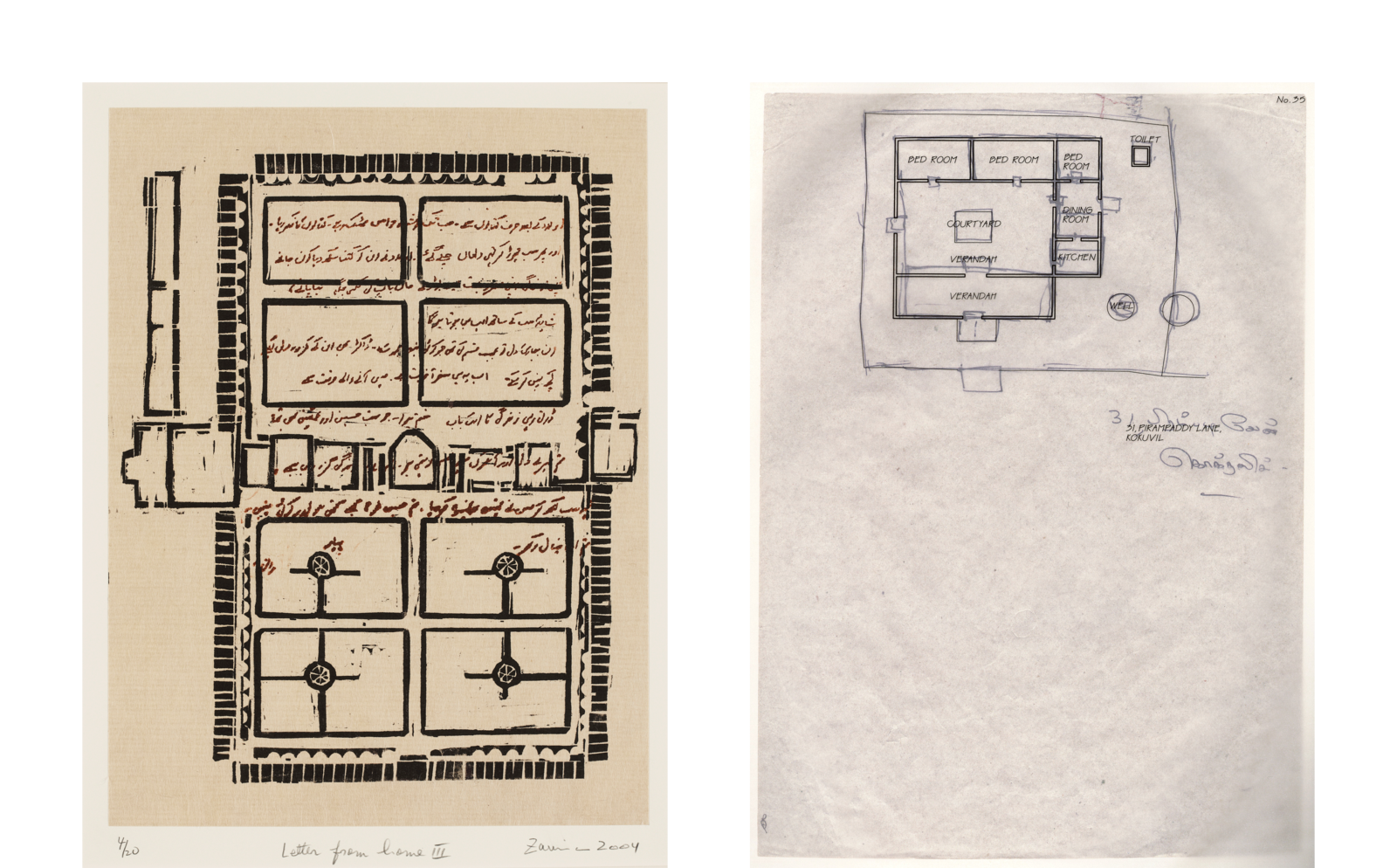


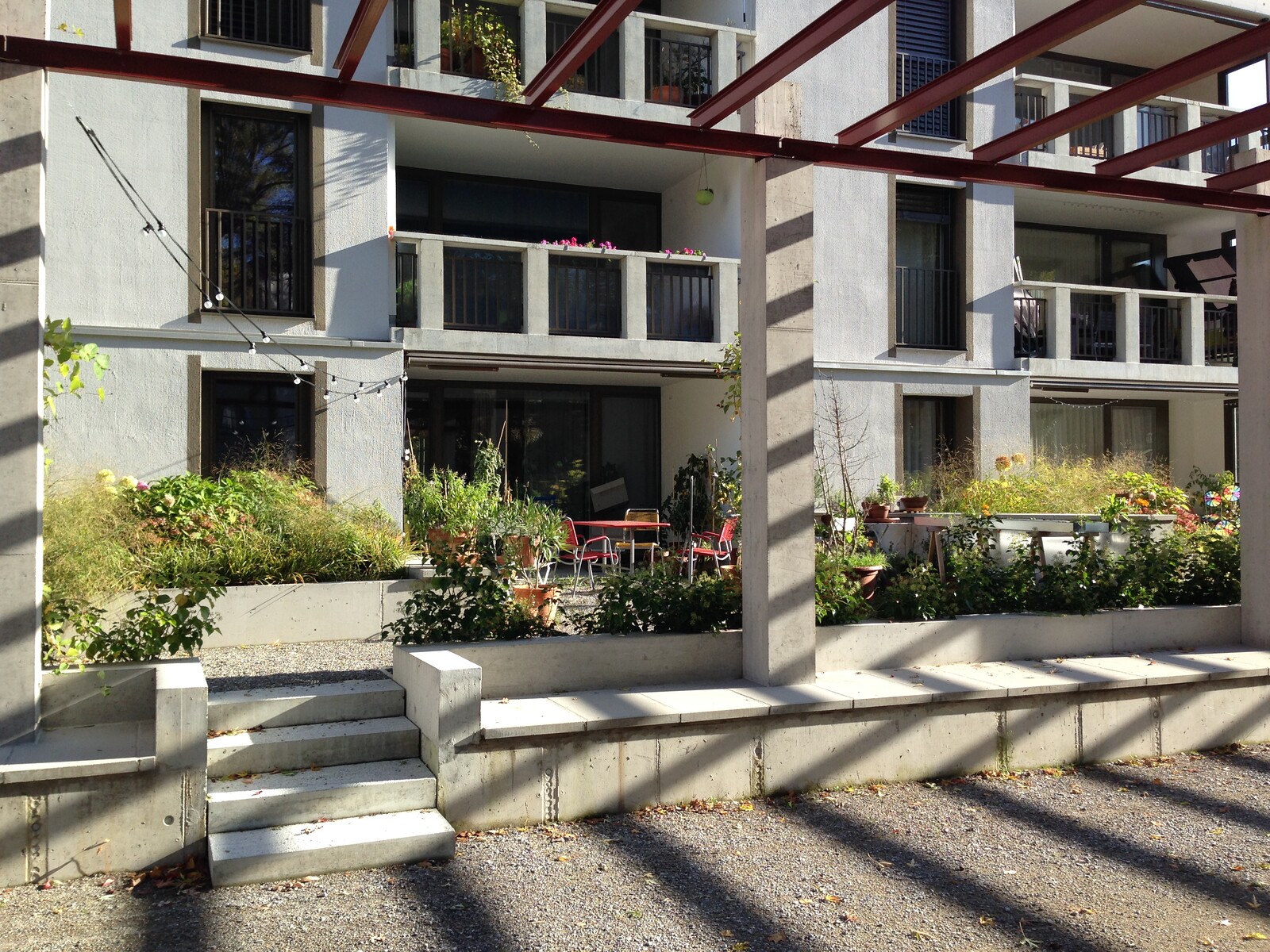

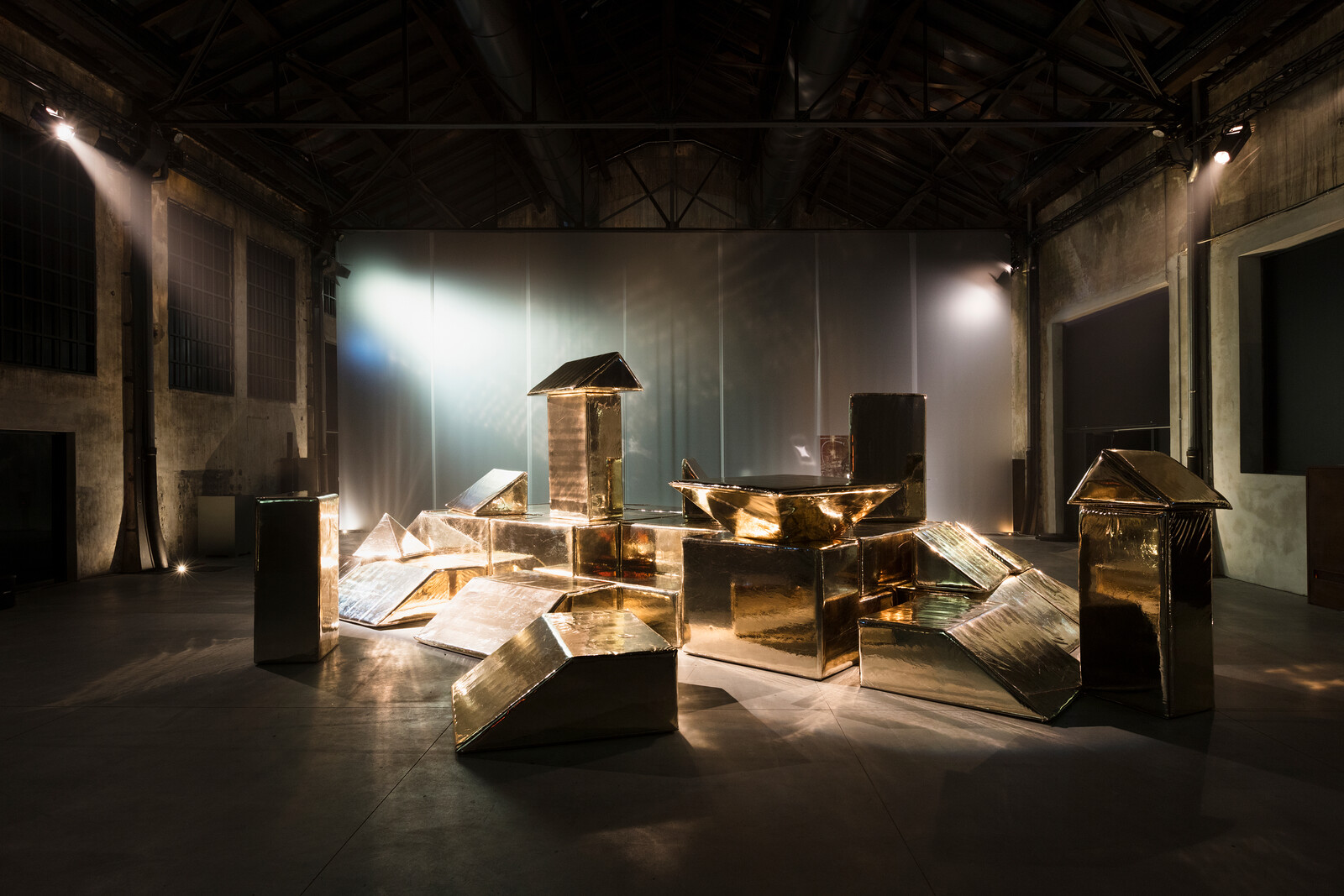

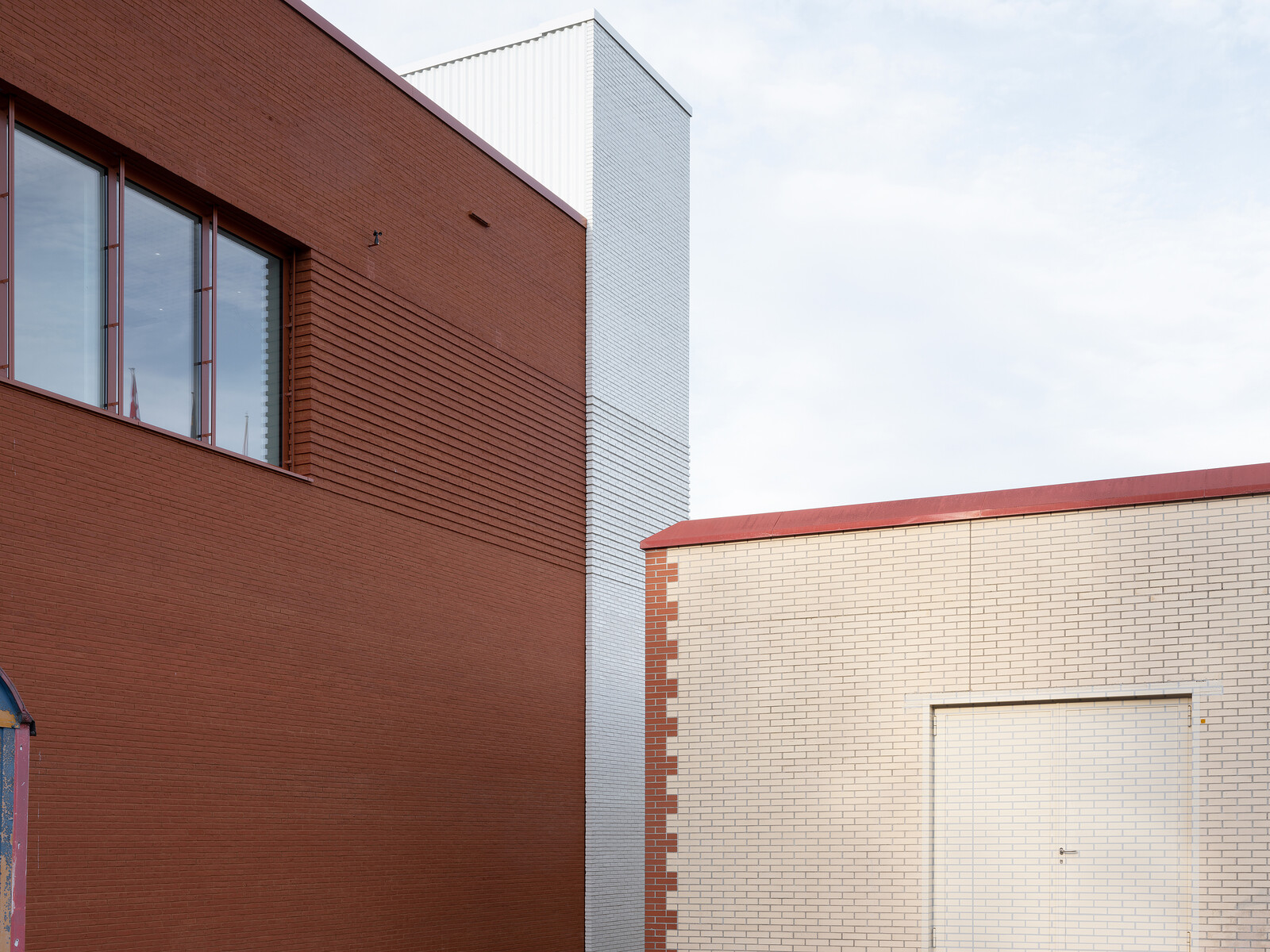




(2014).jpg,1600)

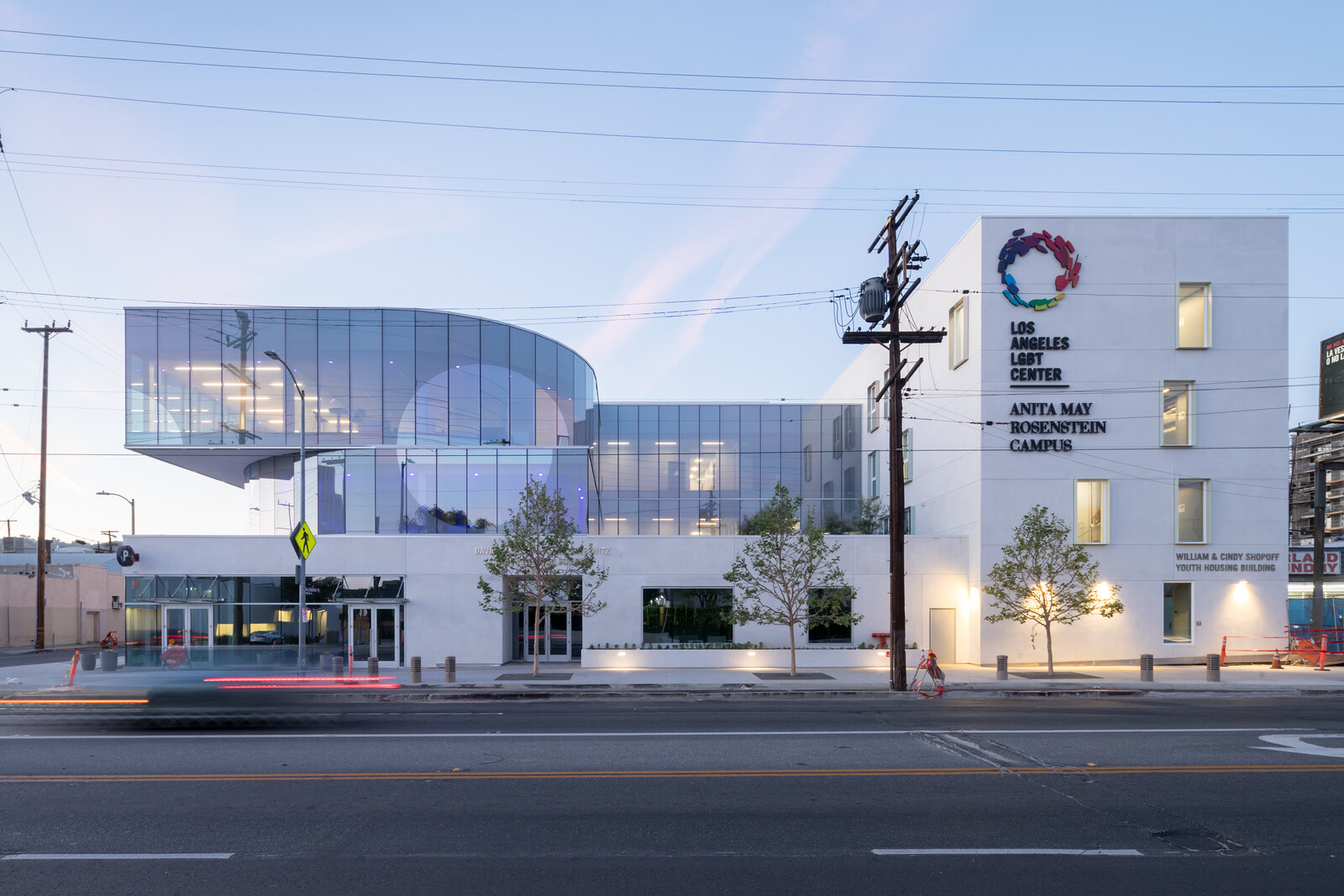
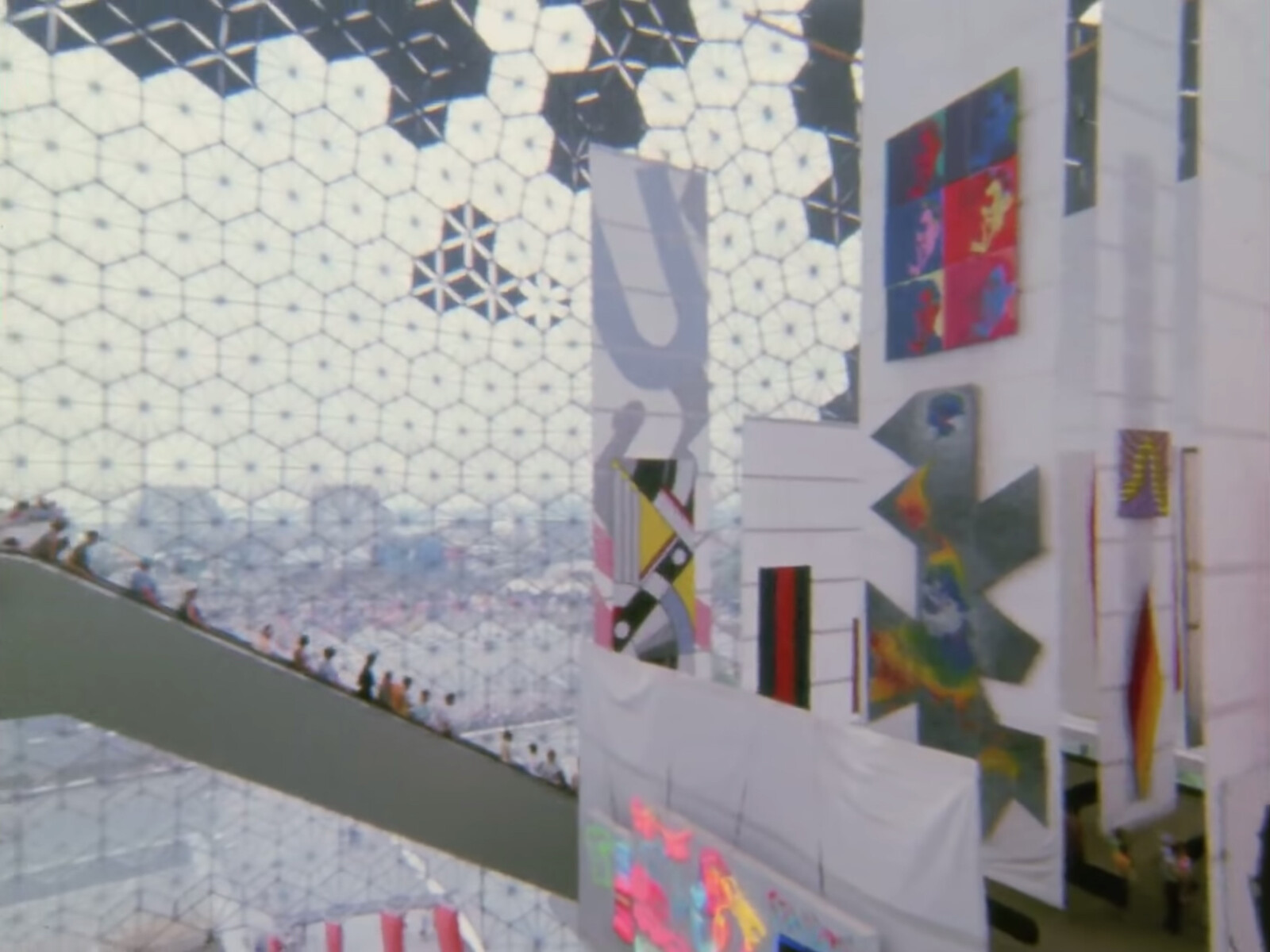

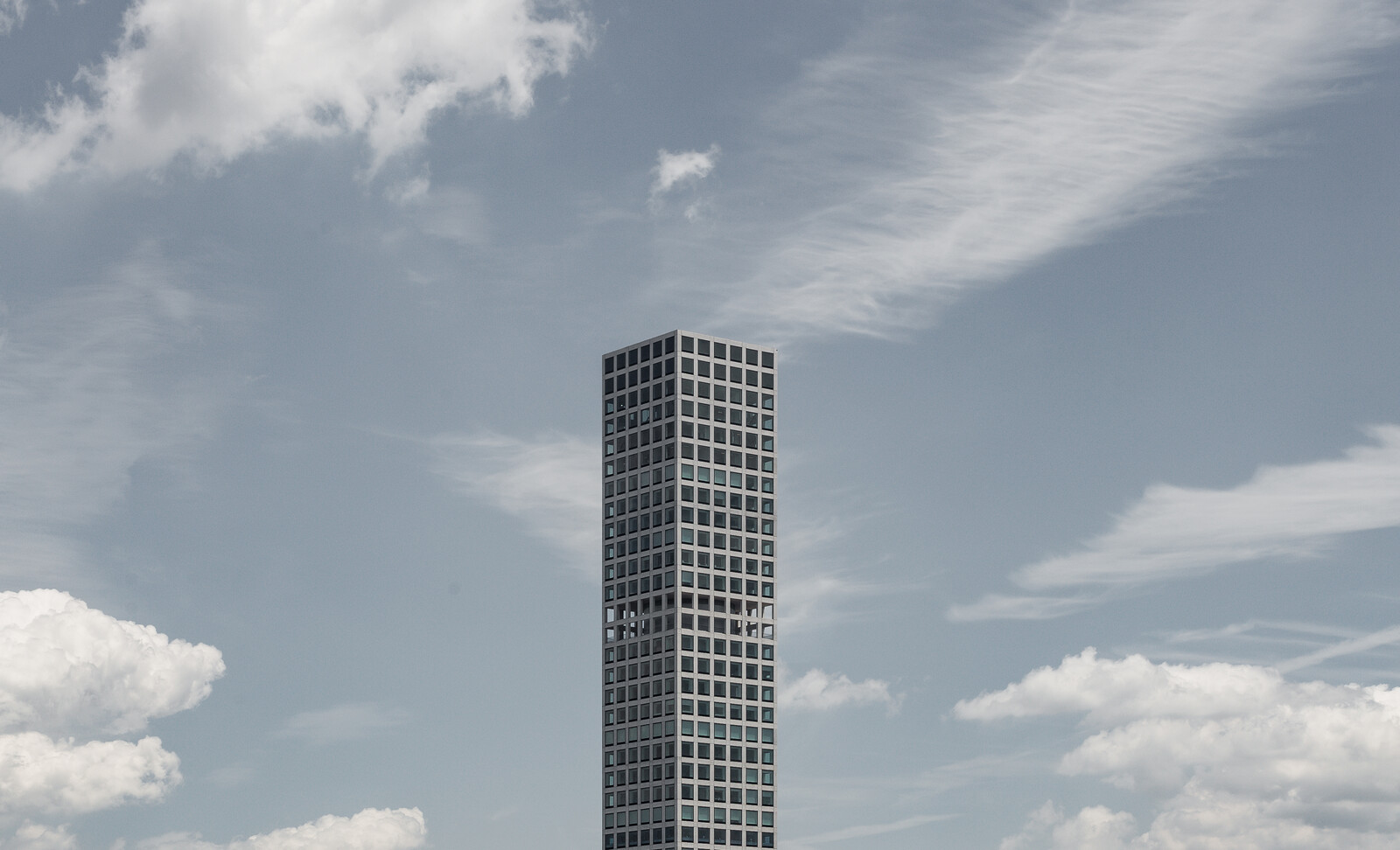
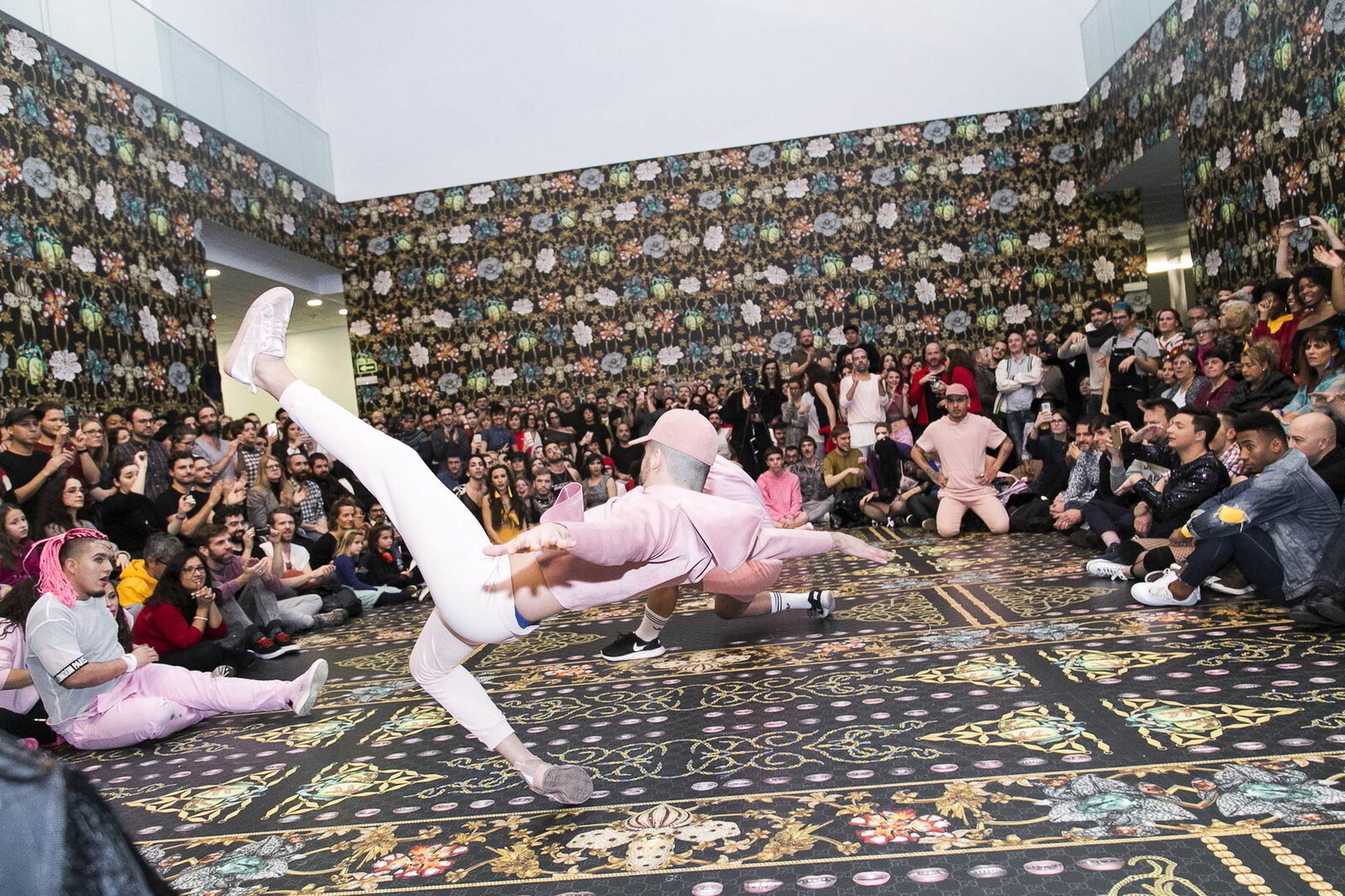
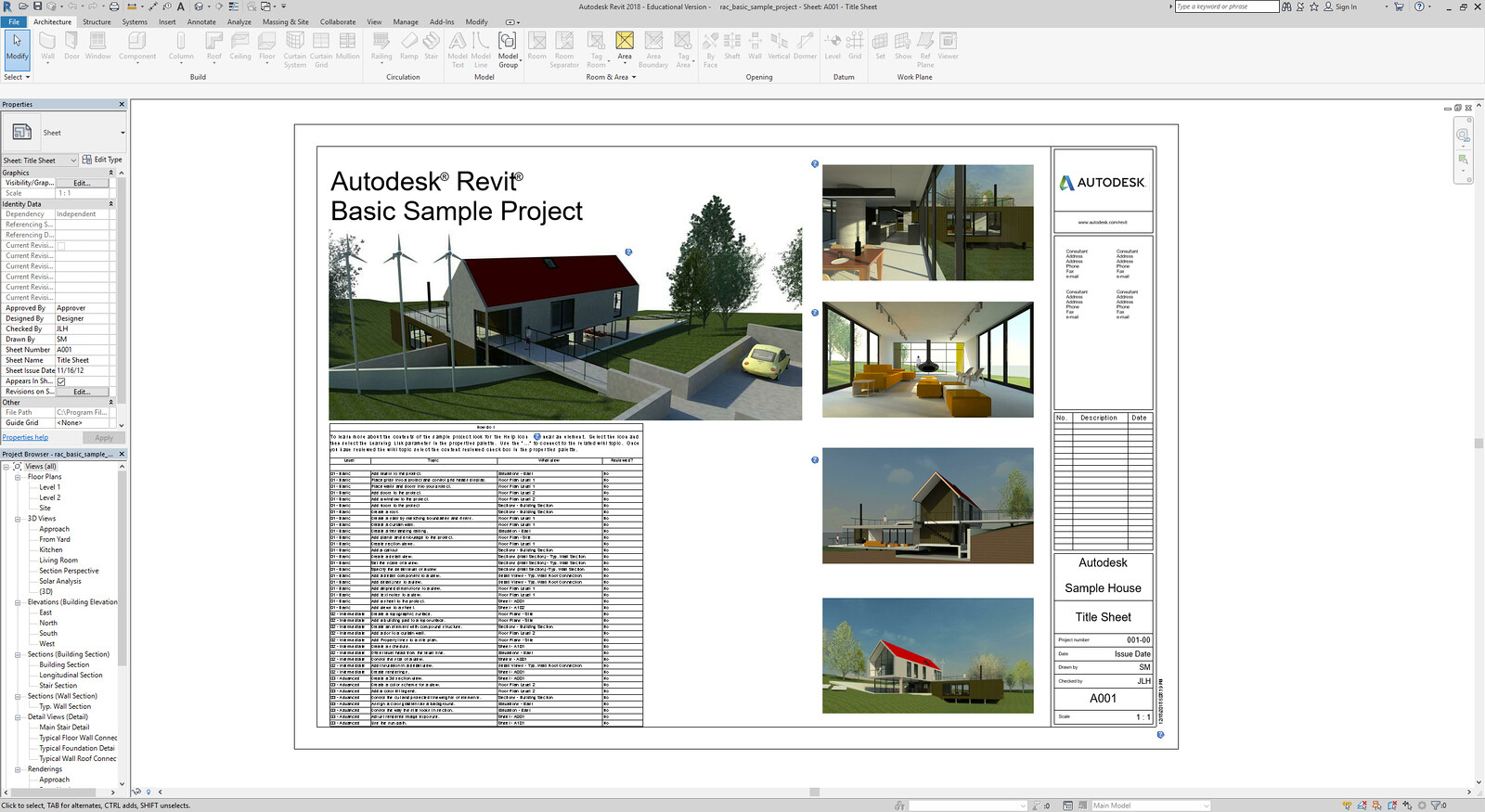

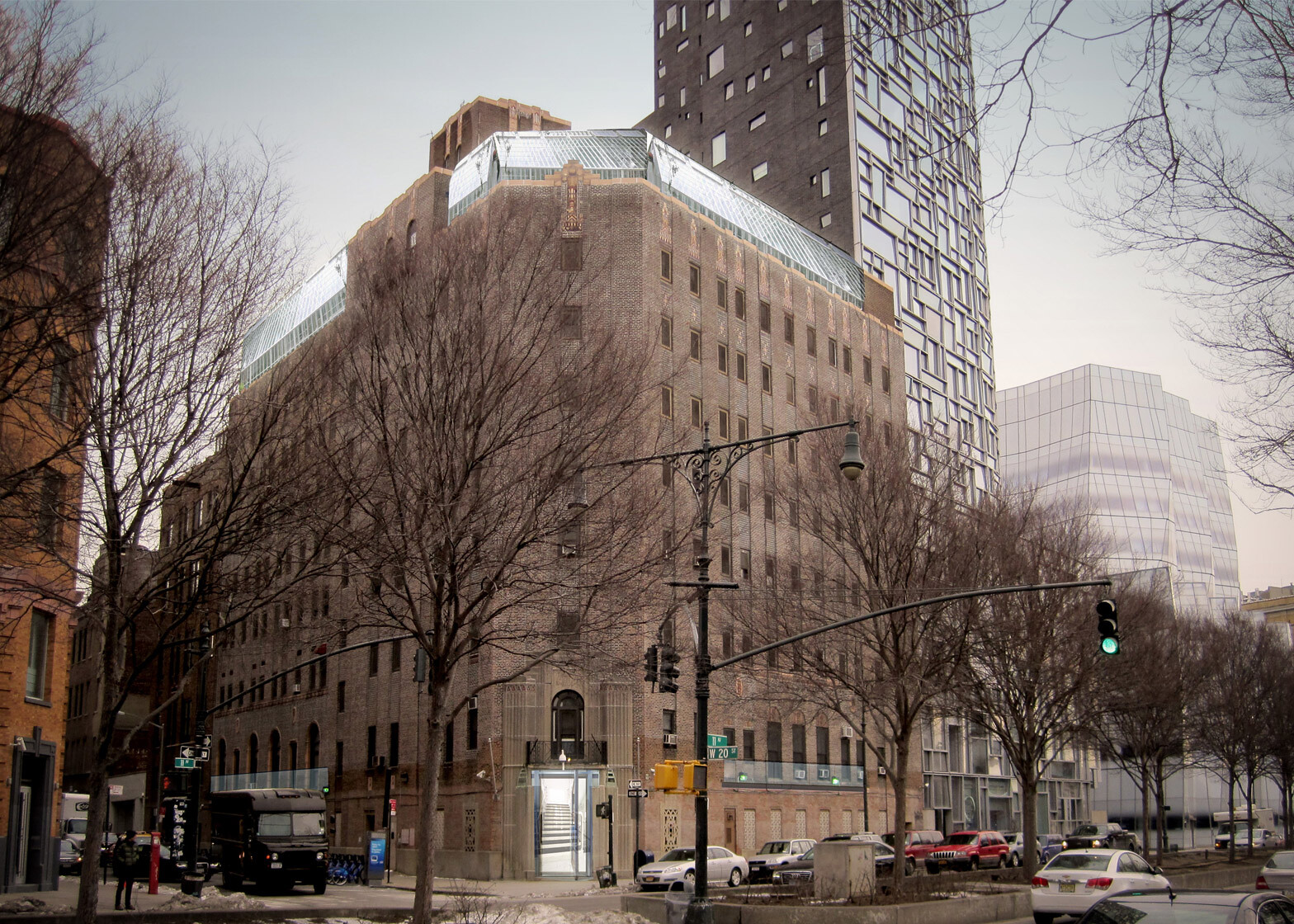


,-2003,-srgb.jpg,1600)
